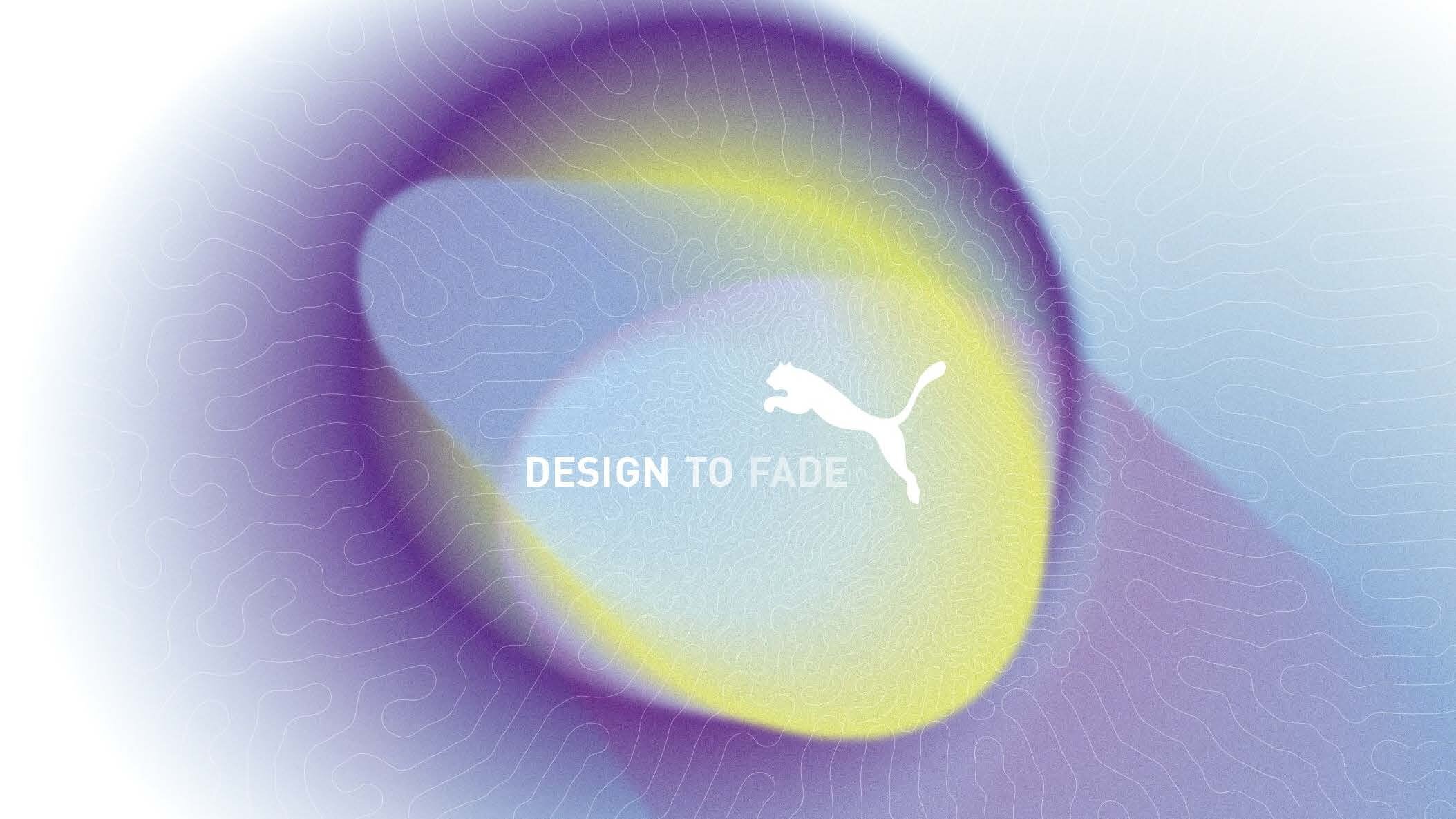
Our times require thinking again about not only what to create but also how to create. The newly found fragility of globalization and the
resulting positive effect on the environment highlights the value of designing for a better world. Design to Fade considers hyper-local sourcing shaping a new model for just-in-time production.
Leading the way to a zero-waste future by reinventing the way we make sportswear, PUMA teams up with Streamateria and Living Colour, specialists in biodesign. The result of the collaboration are new biodegradable lifestyle and performance collections that are dyed using bacteria and manufactured-on-demand wherever they might be needed.
The Streamateria products are designed to perish after a predetermined period of use, and the cutting-edge bio-manufacturing methods ensure that they nourish the natural environment when they decompose and turn waste into energy. As performance products the biomaterial coating has the potential to cool athletes.
The Living Colour products are made using a dyeing method that employs no hazardous chemicals, less water and less energy minimizing the negative effects on the environment. Designs and designers benefit by tapping into the glocal supply chain helping to shape a better world.
Design to Fade. Design our future.
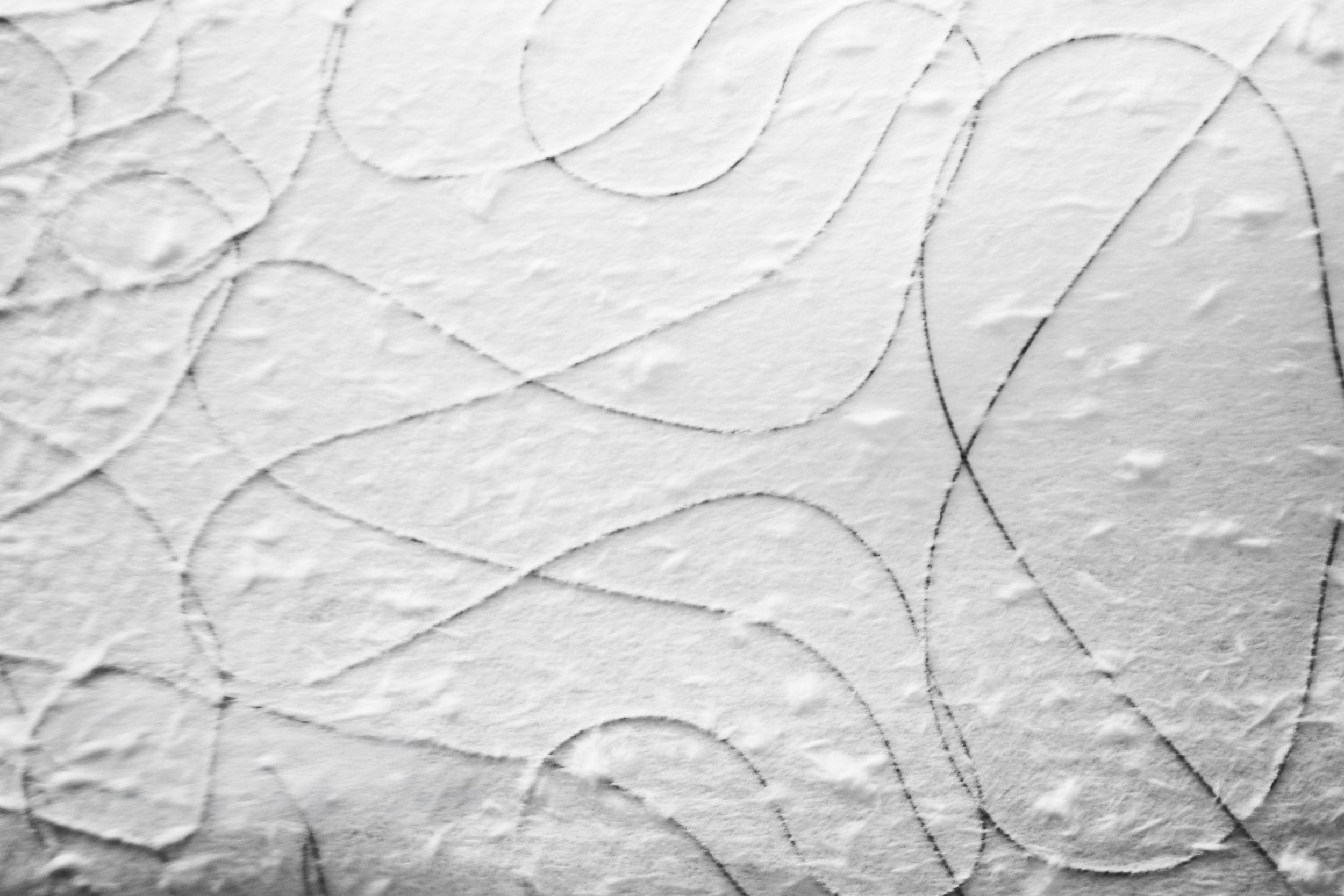
Design To Fade Manifesto
Harness design superpowers to make the world a better place.
-
Mitigate our mistakes with biodesign.
-
Consider new ways of designing for a global market with a microscopic lens.
-
Act now, close the loop and realise the future.
Photography and video production by Ingo Foertsch
Living Colour
Living Colour explores an alternative to synthetic textile dyes derived from petrochemicals, by using naturally occurring bacteria that produce pigments, as well as creating a new natural aesthetic. Attention is drawn to the importance of interdisciplinary collaboration, in this case a combination of design and science. The name Living Colour also has a deeper meaning. The colours are truly alive, like the organisms that produce them. Living Colour proudly communicates a message of natural and eco-friendly colours.
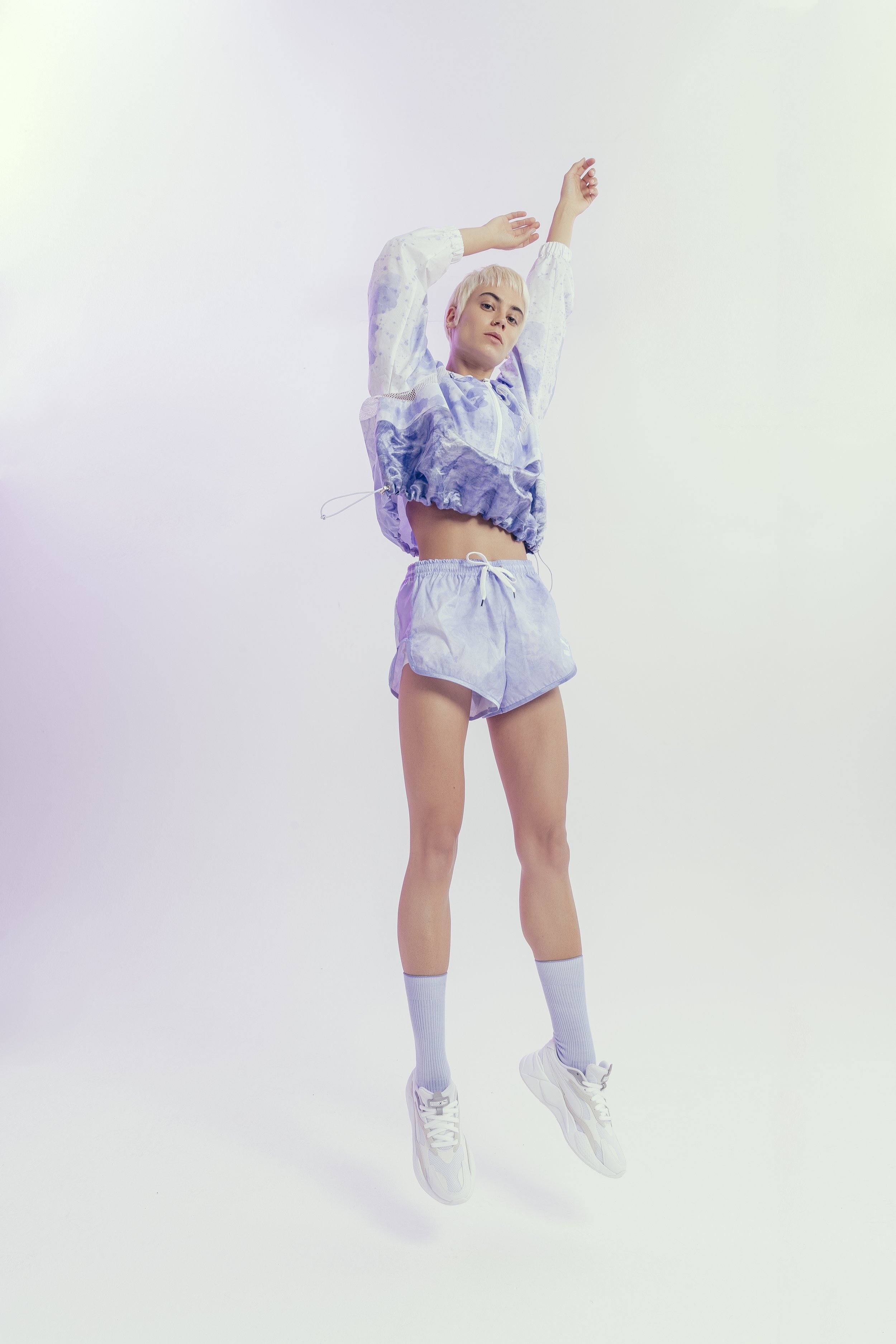
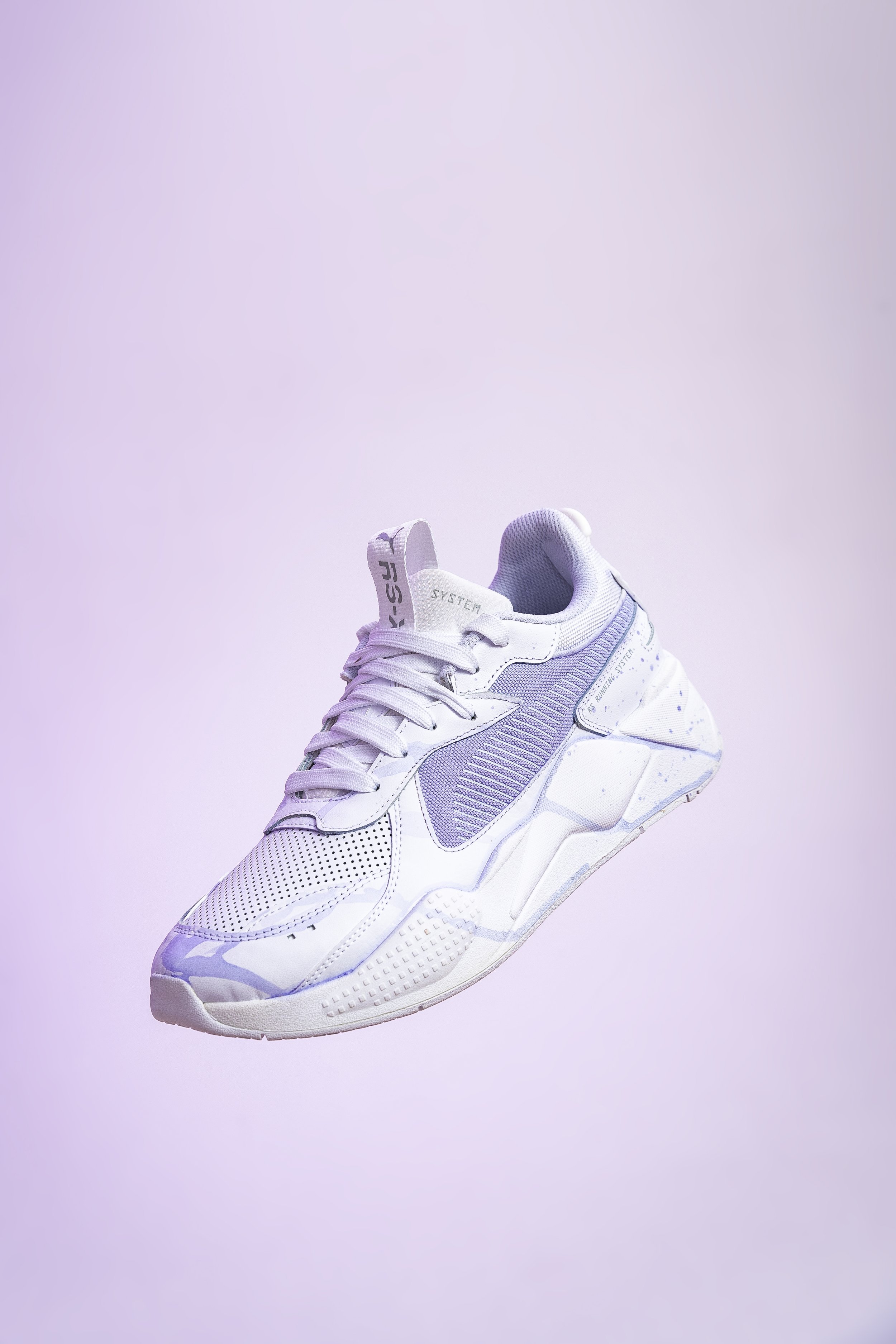
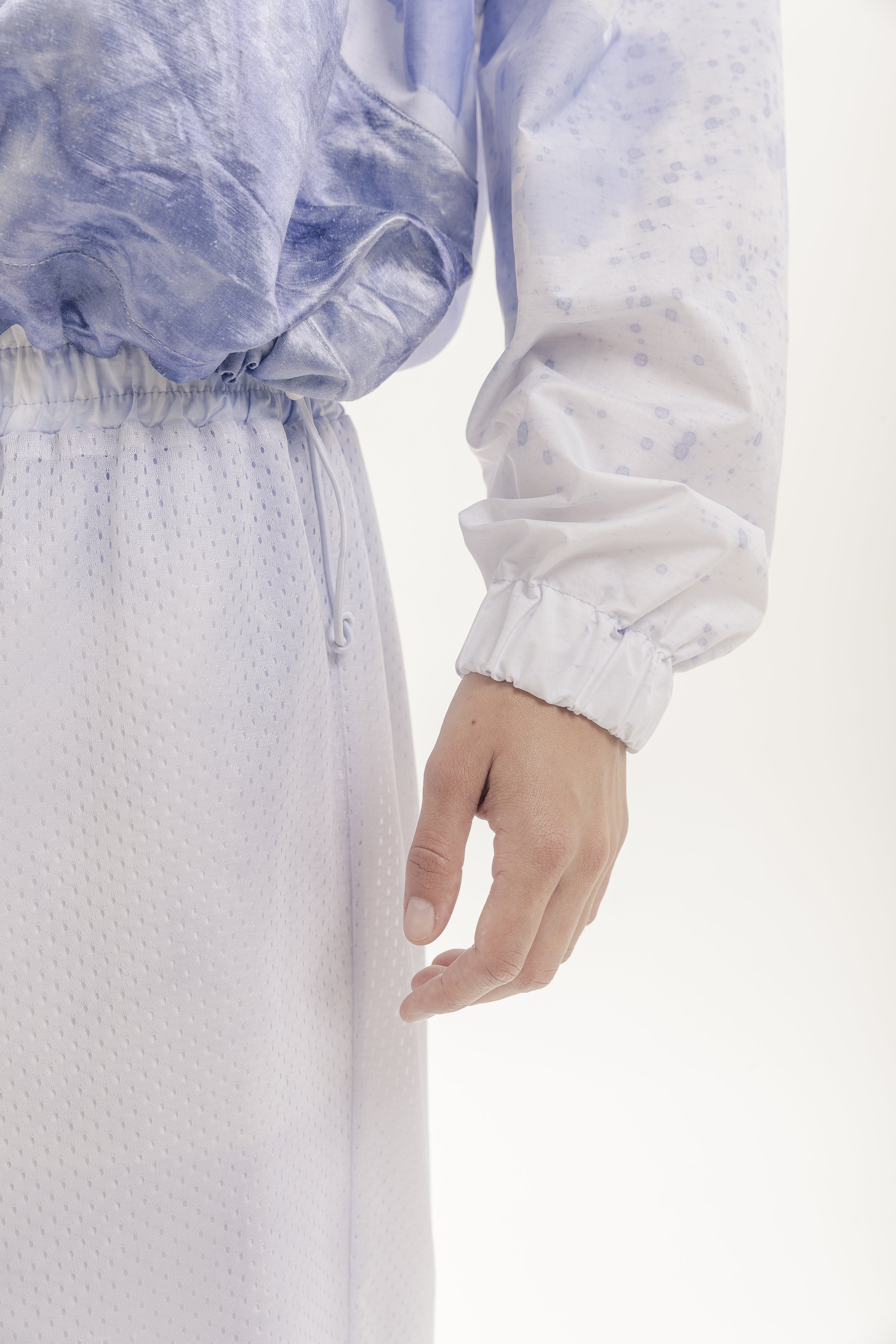
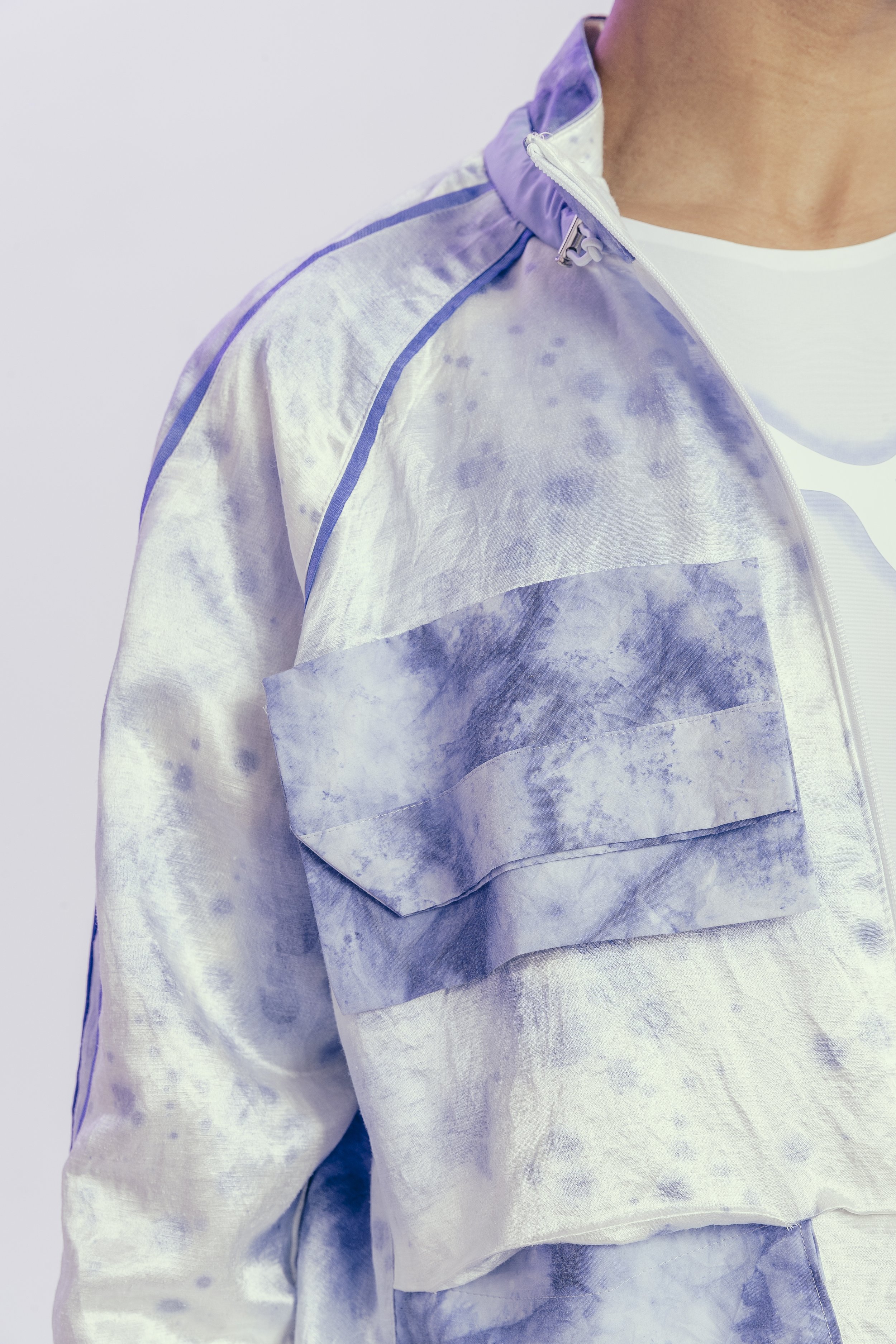
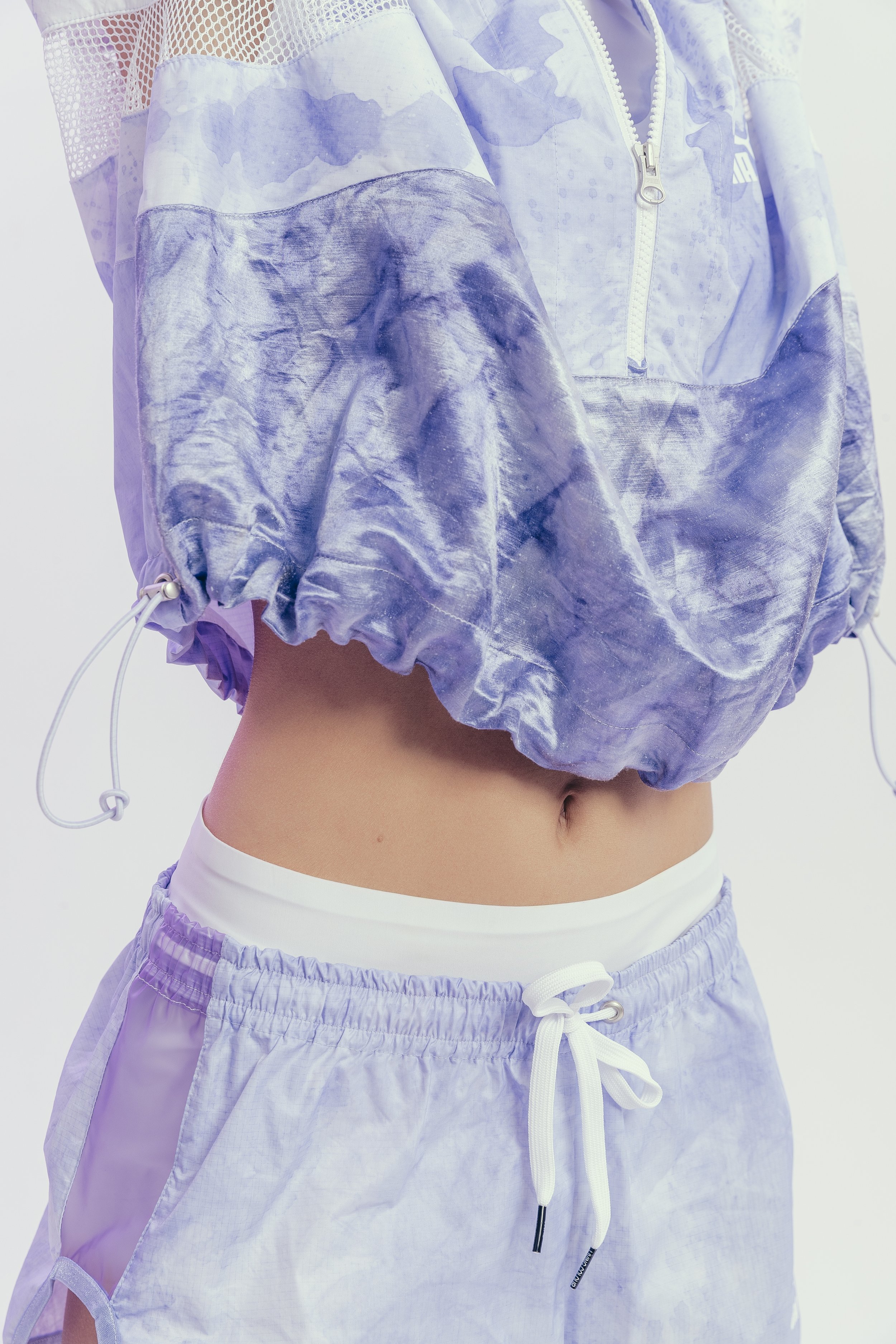
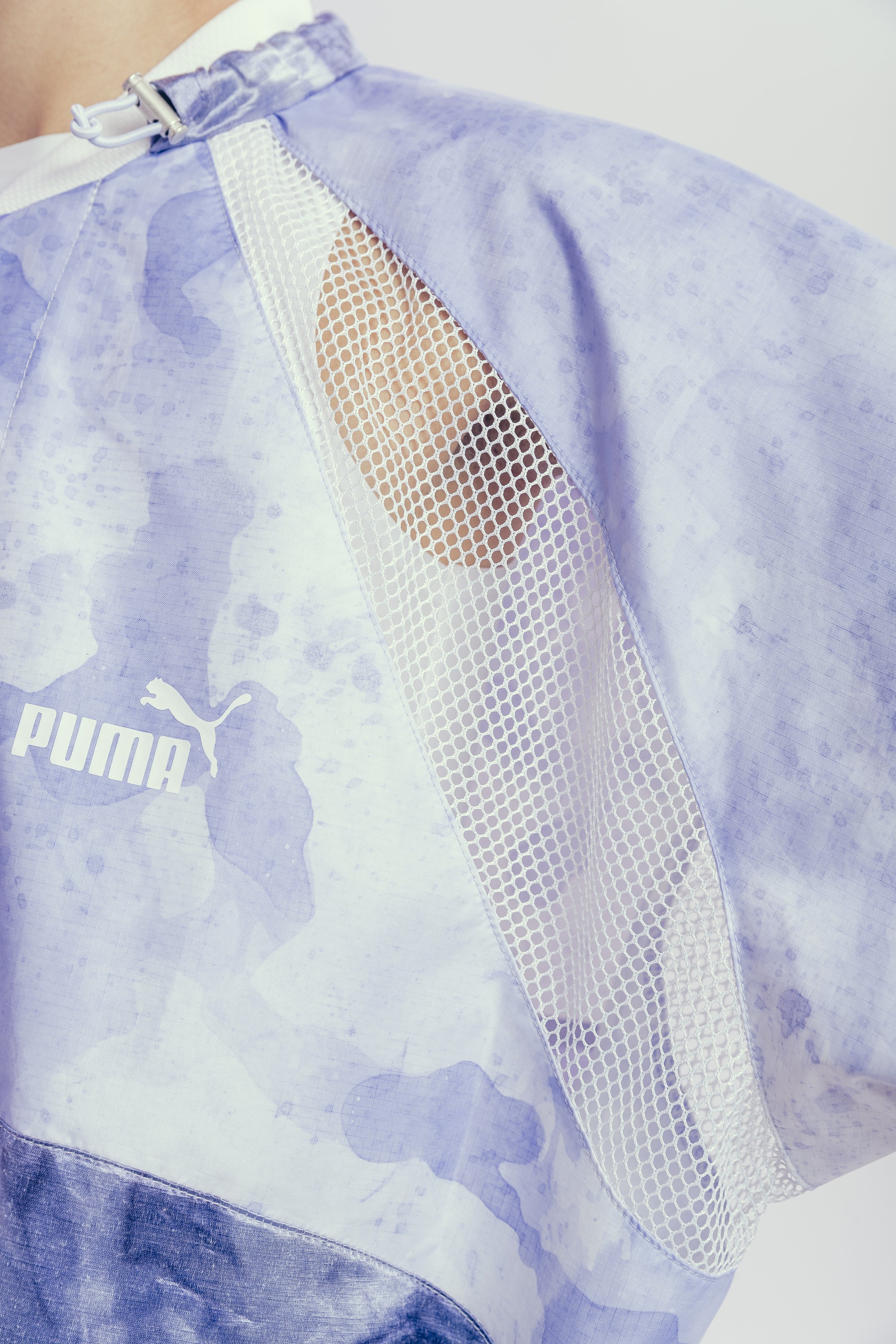
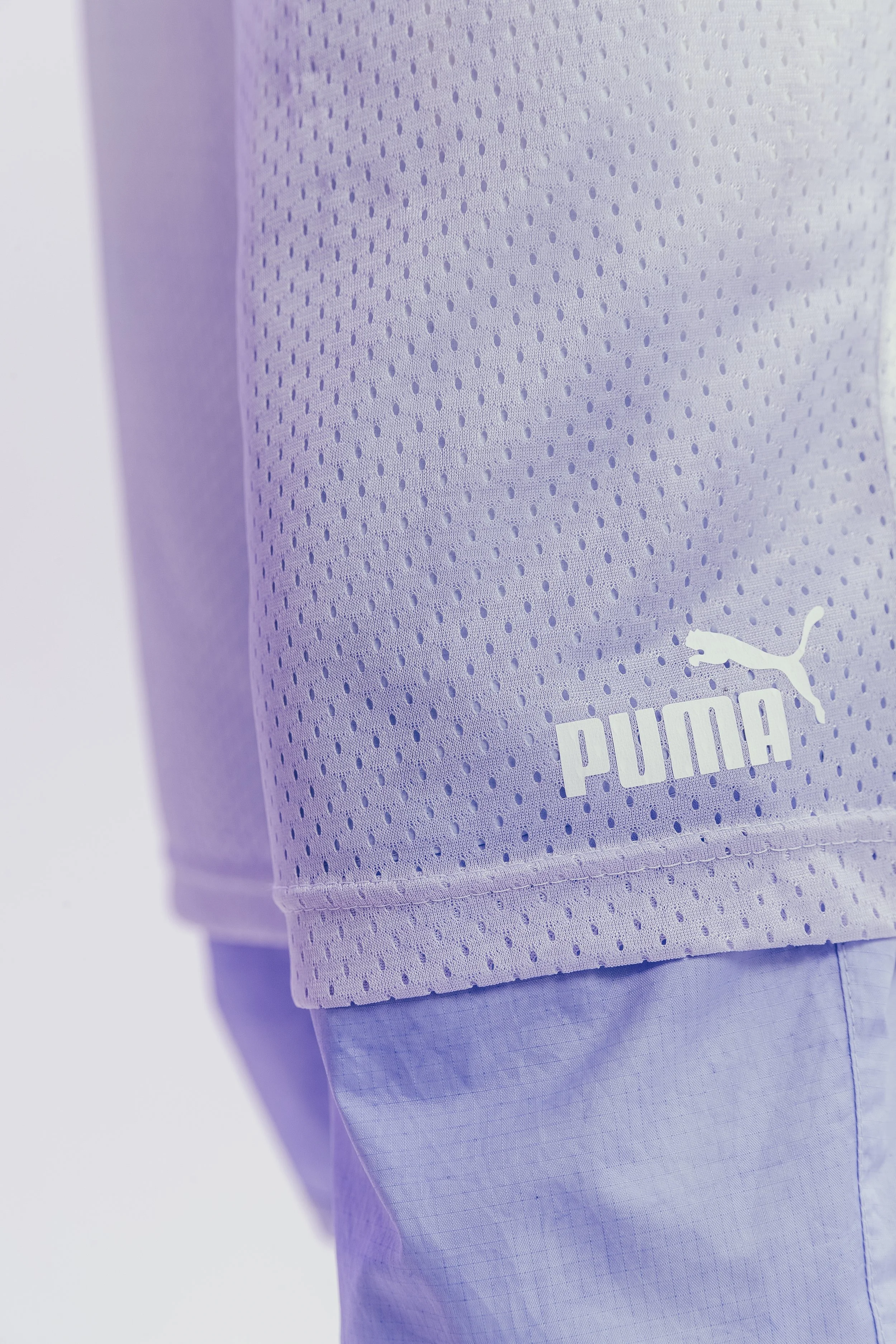
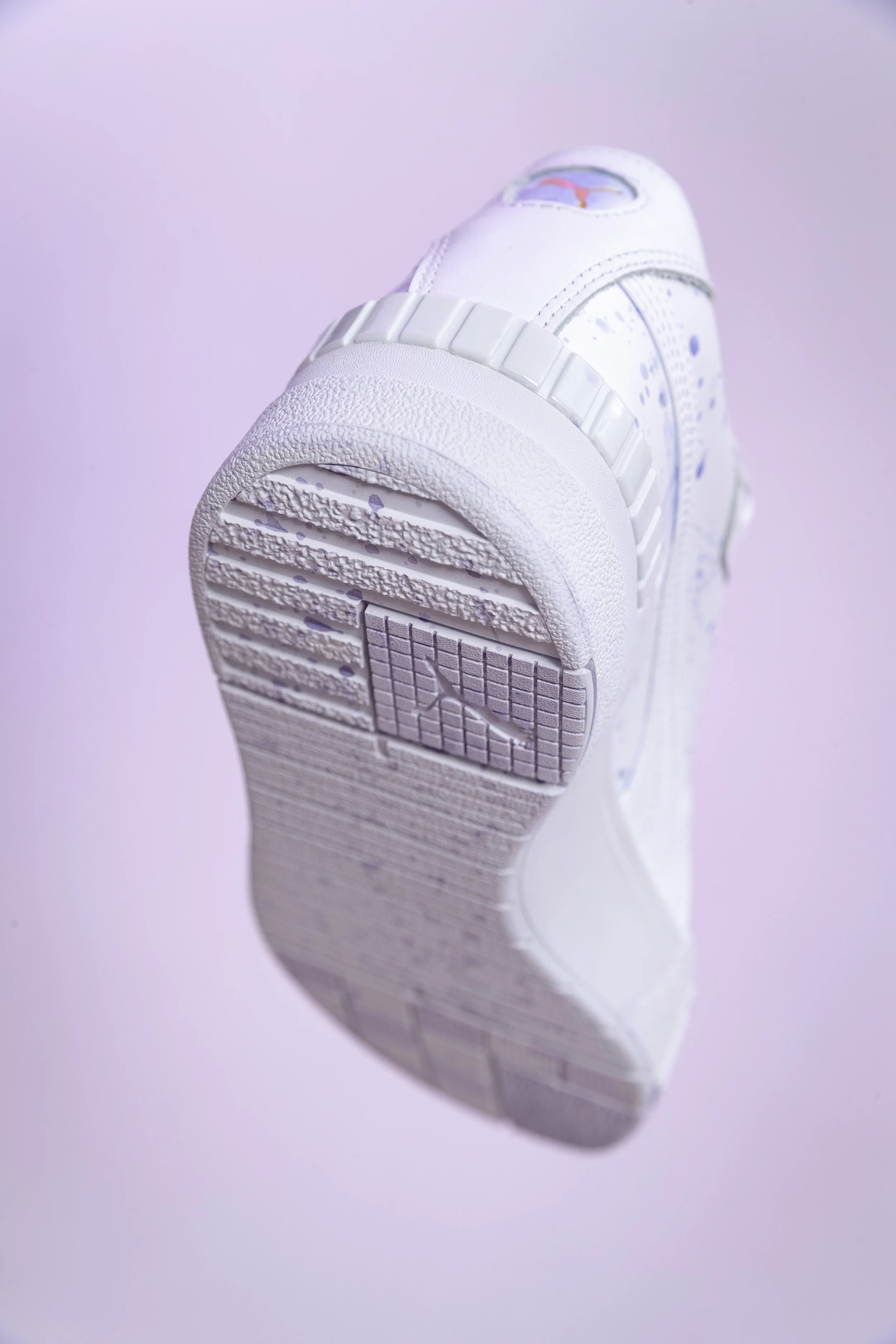
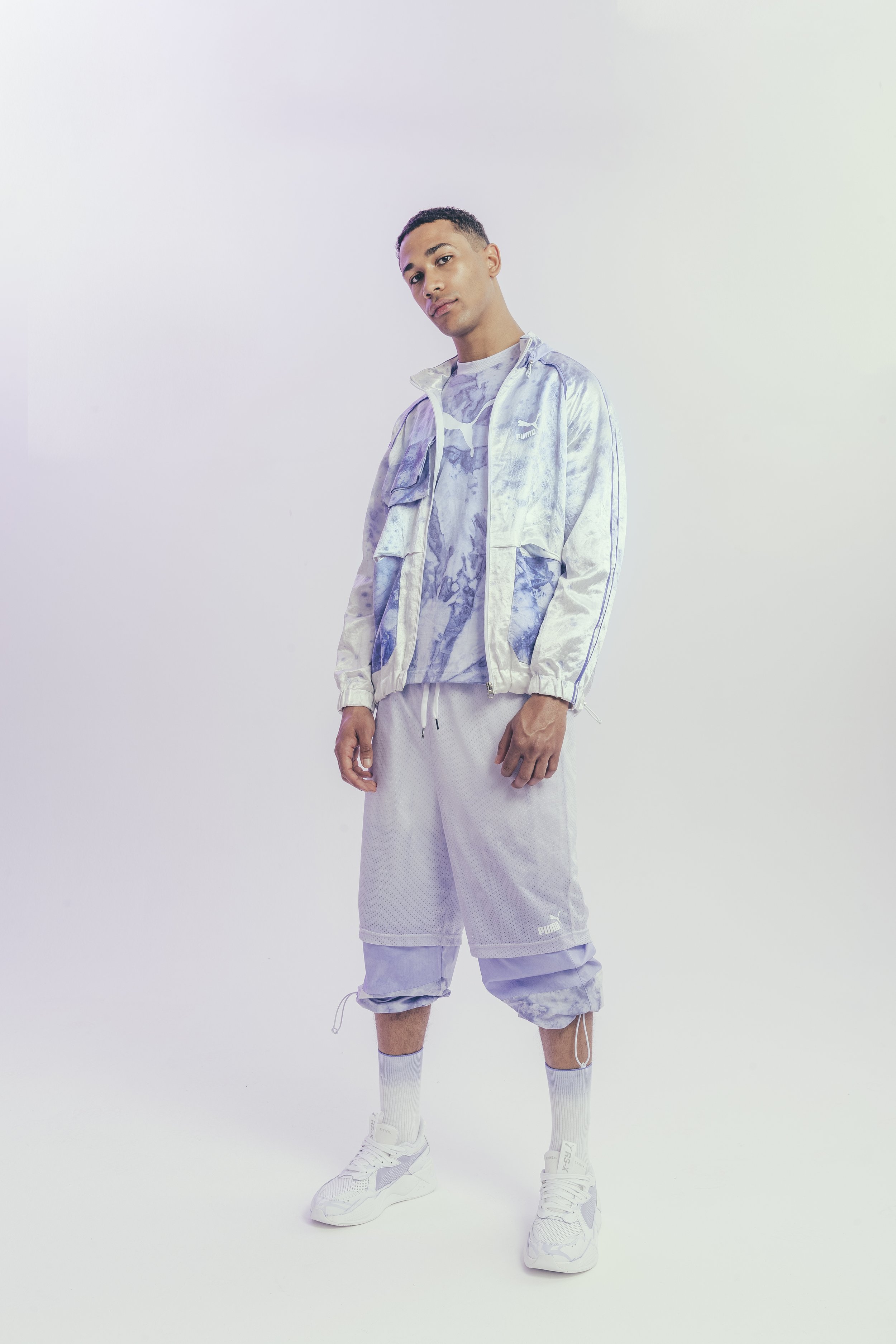
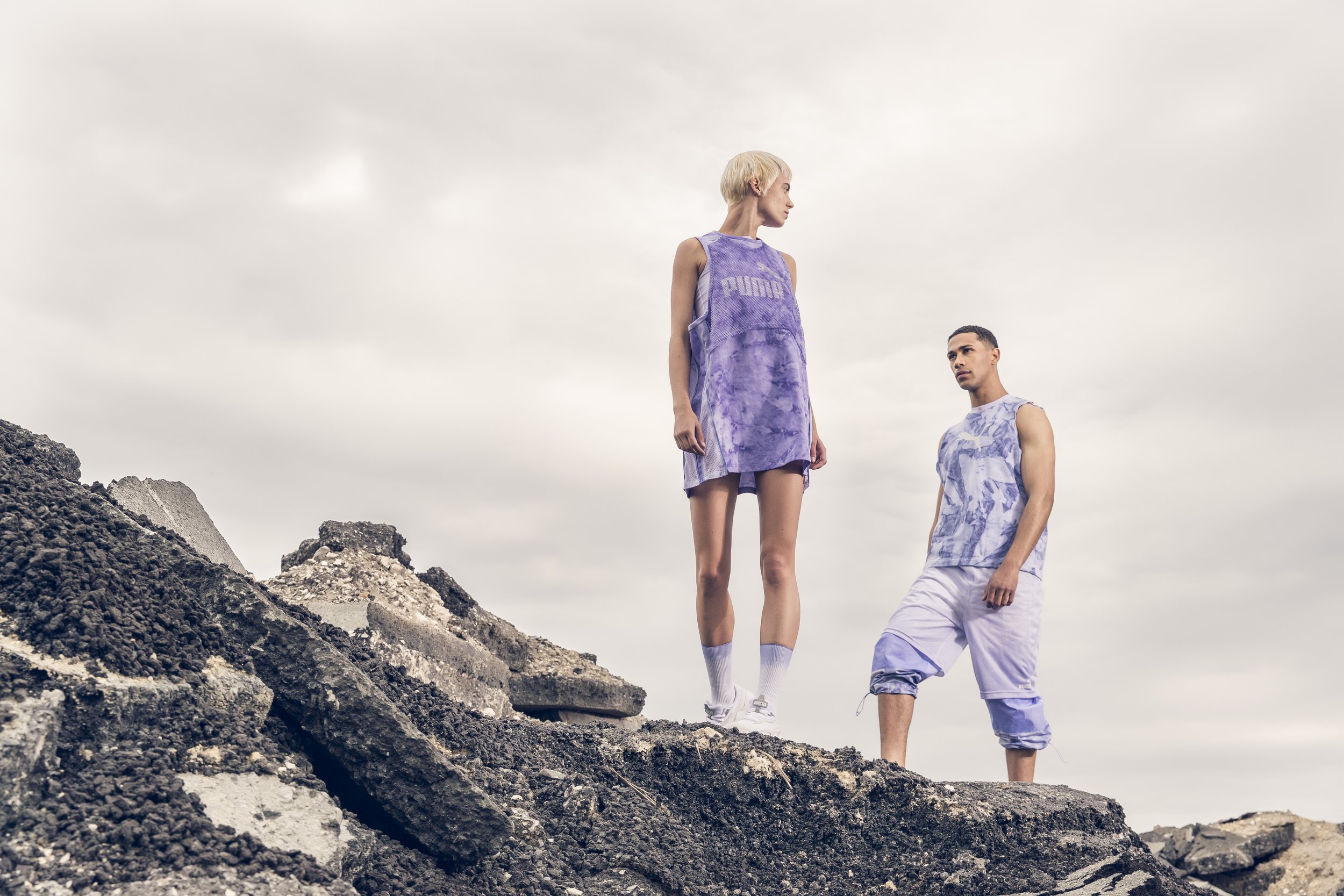
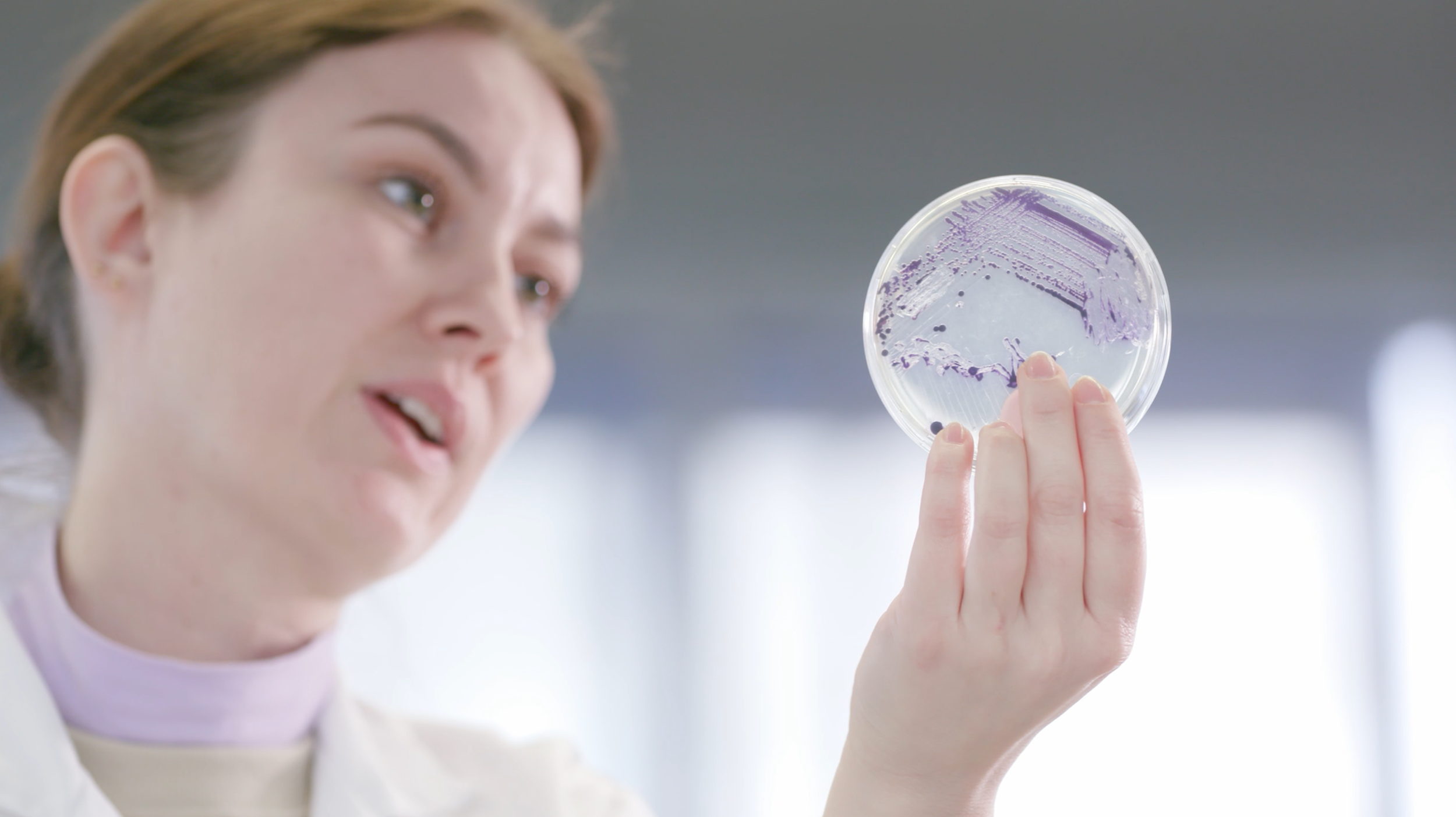
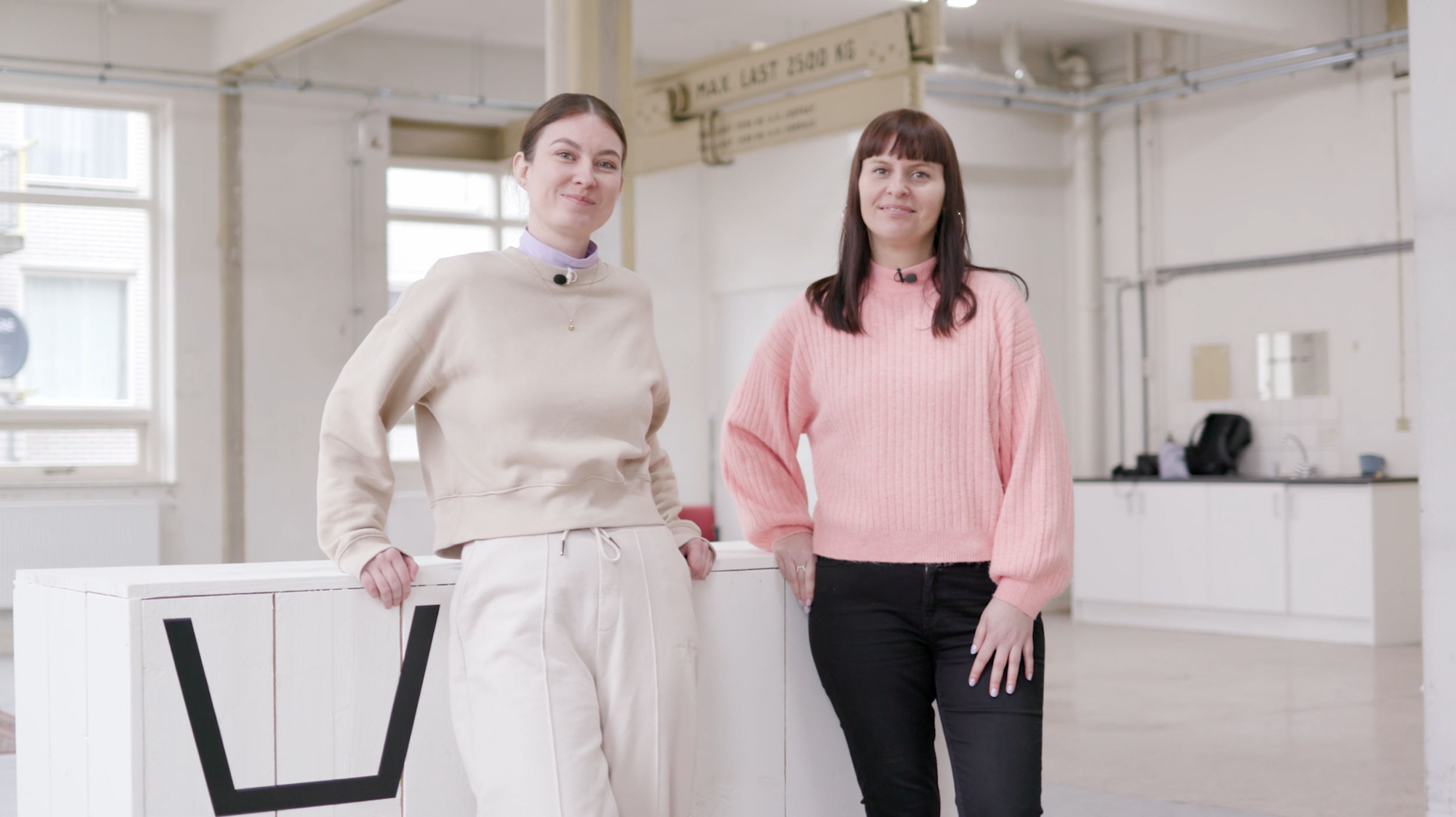
Living Colour co-founder creators Laura Luchtman and Ilfe Siebenhaar
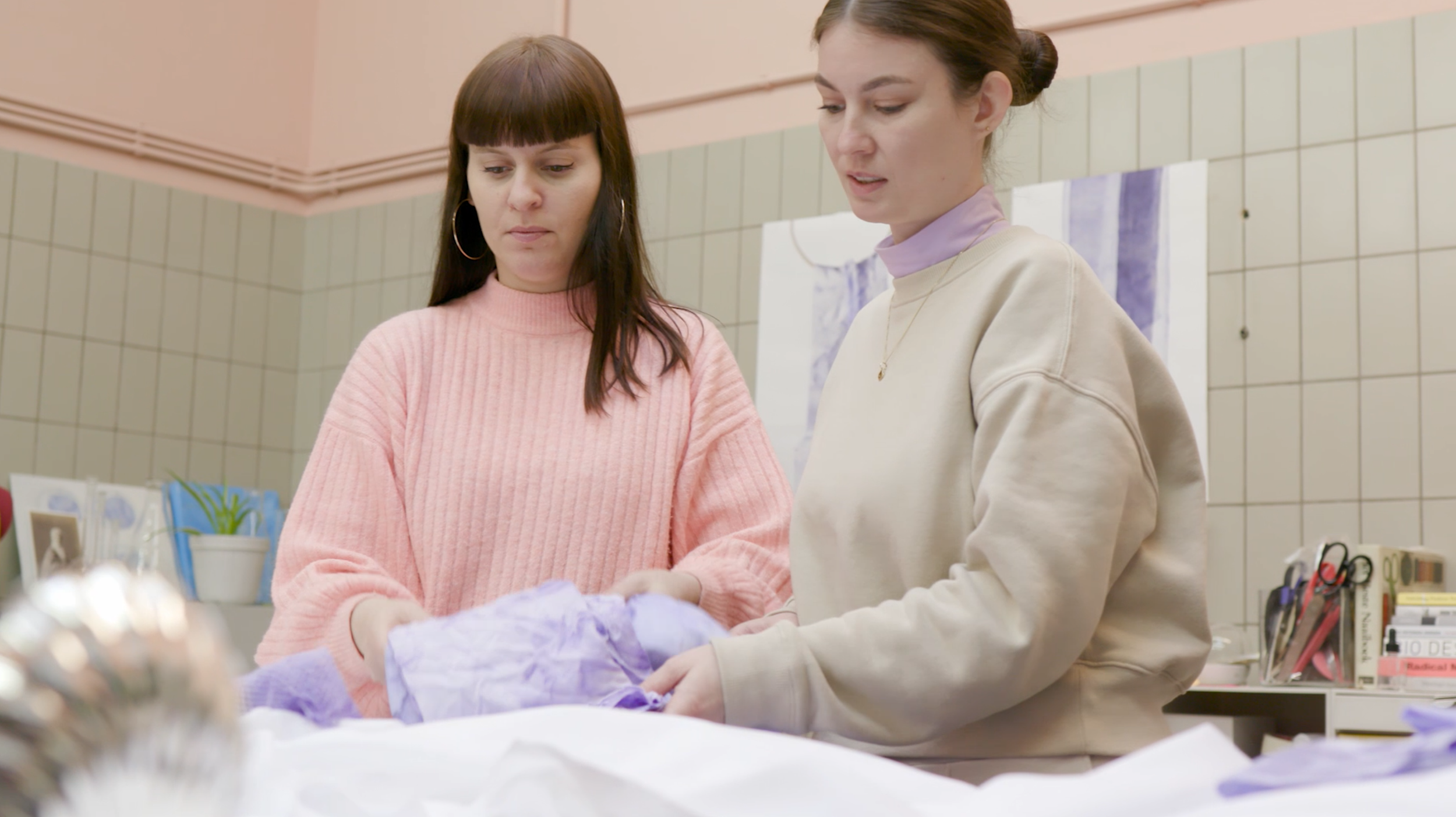
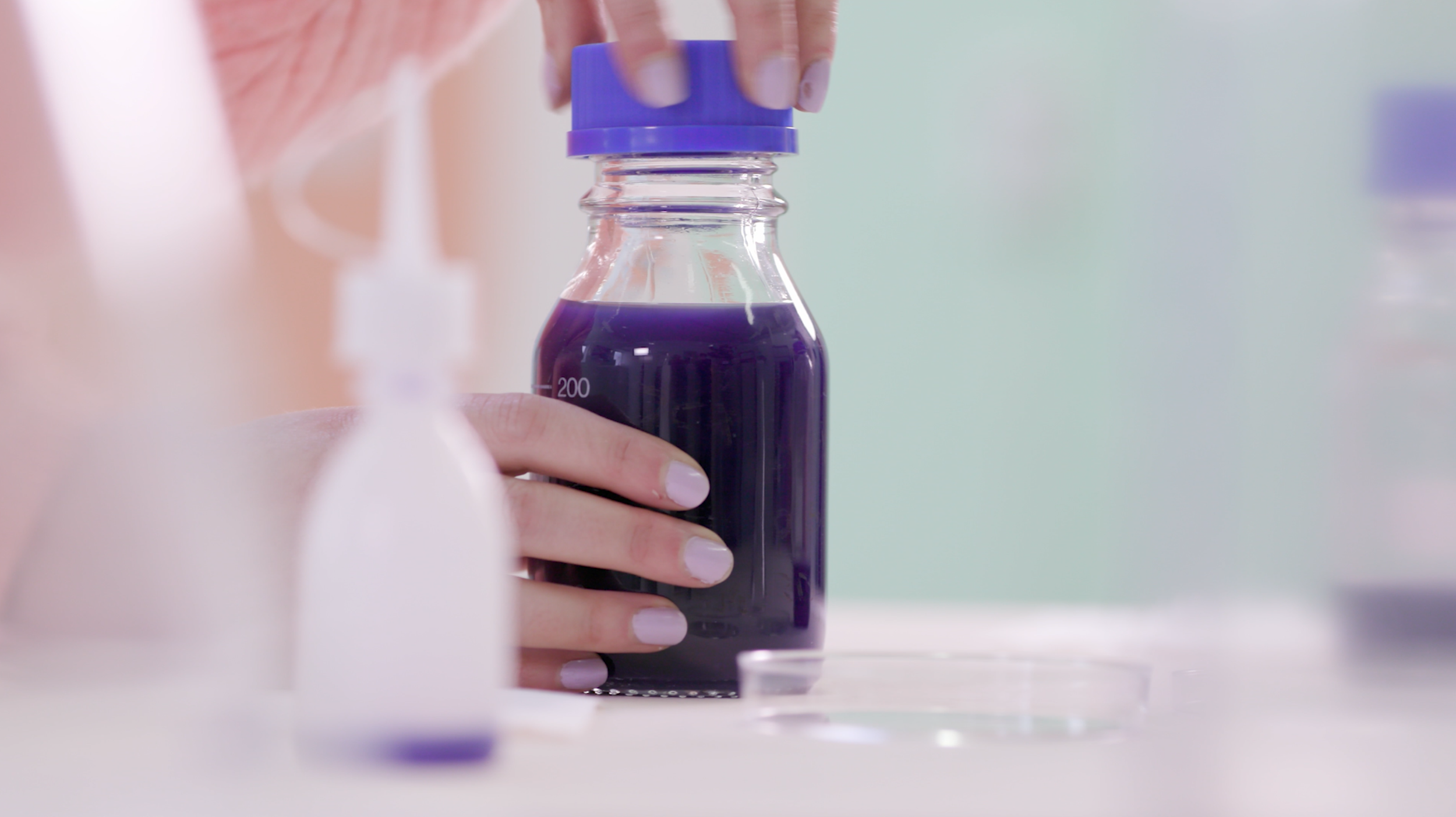
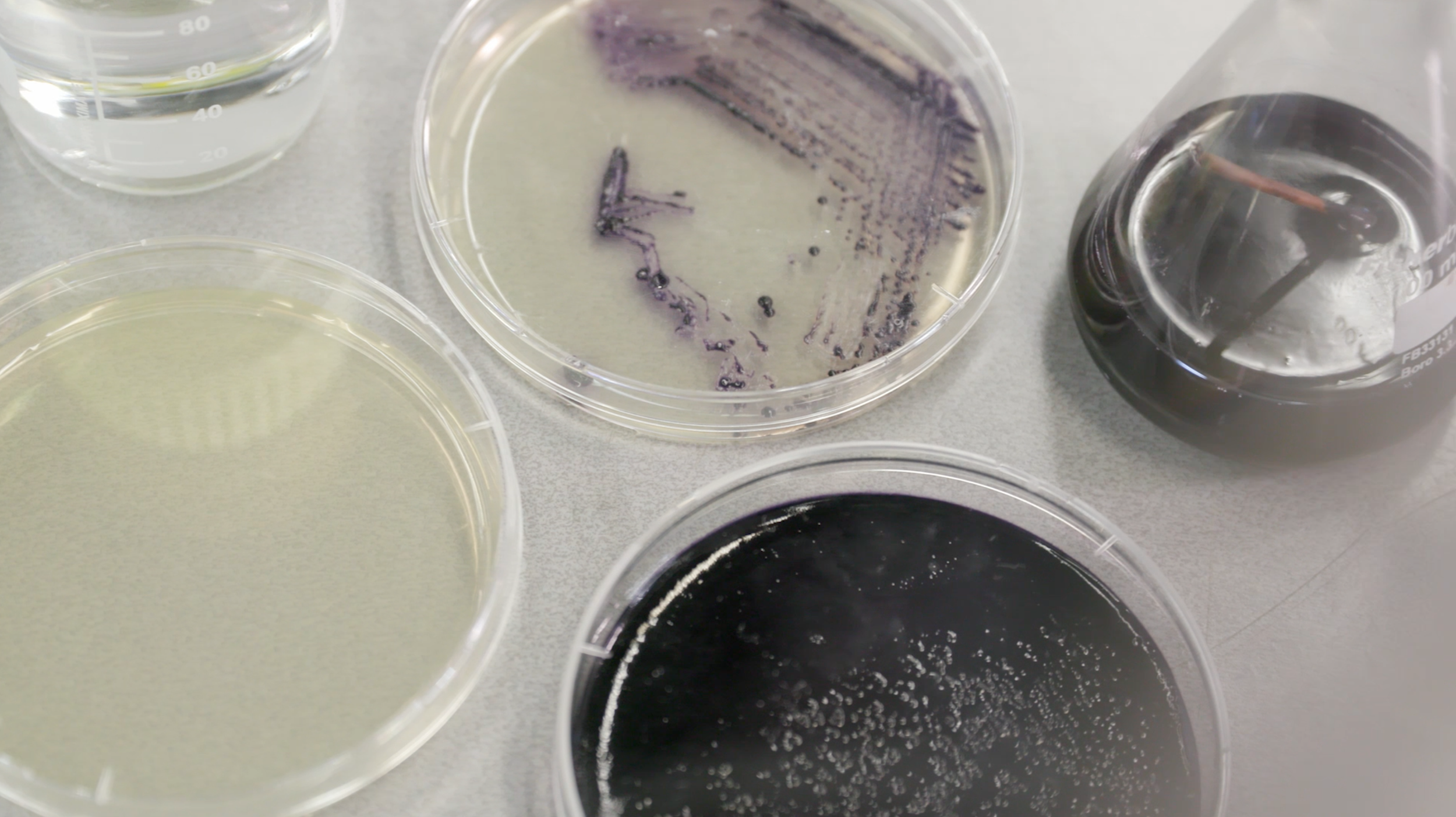
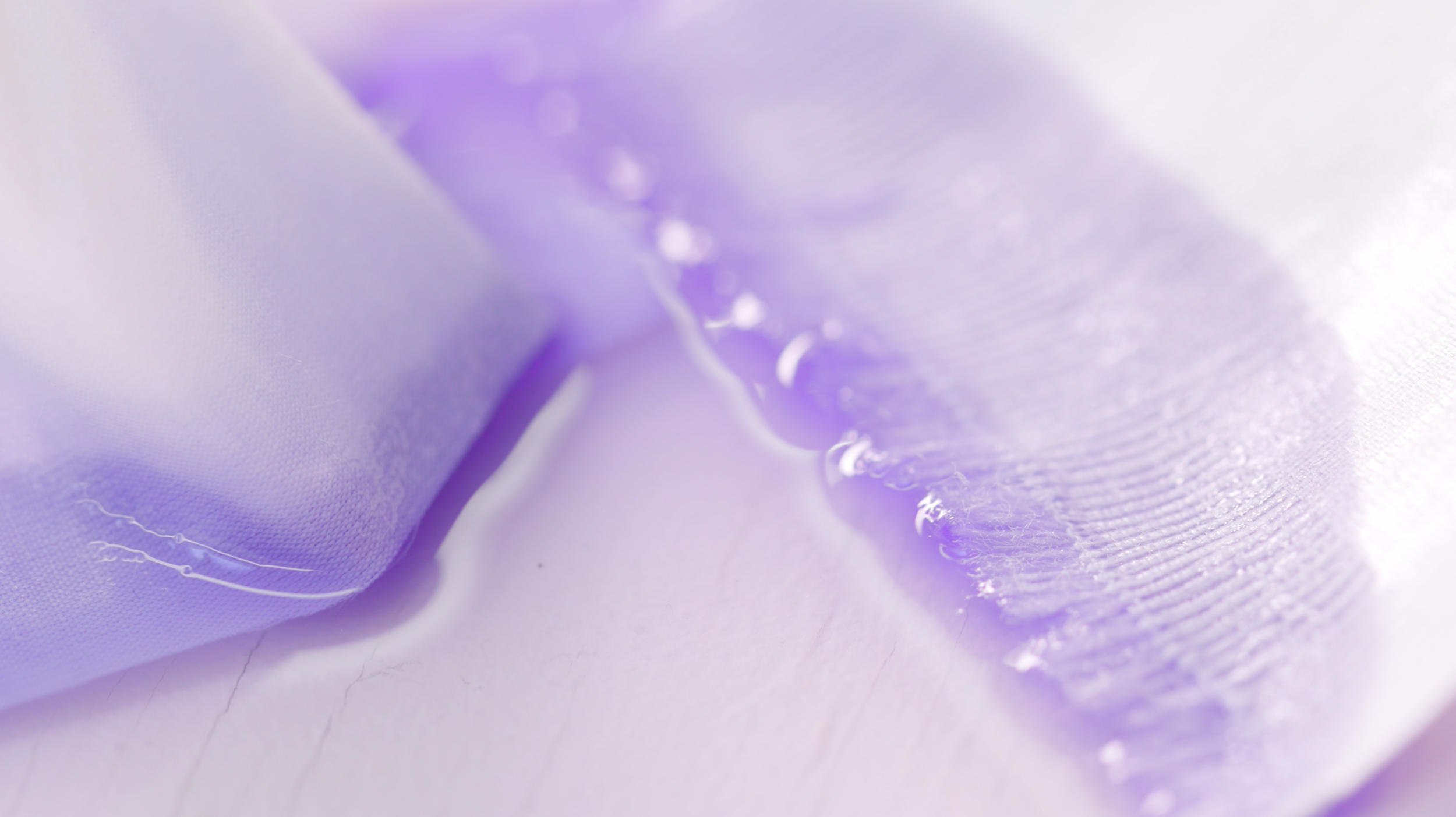
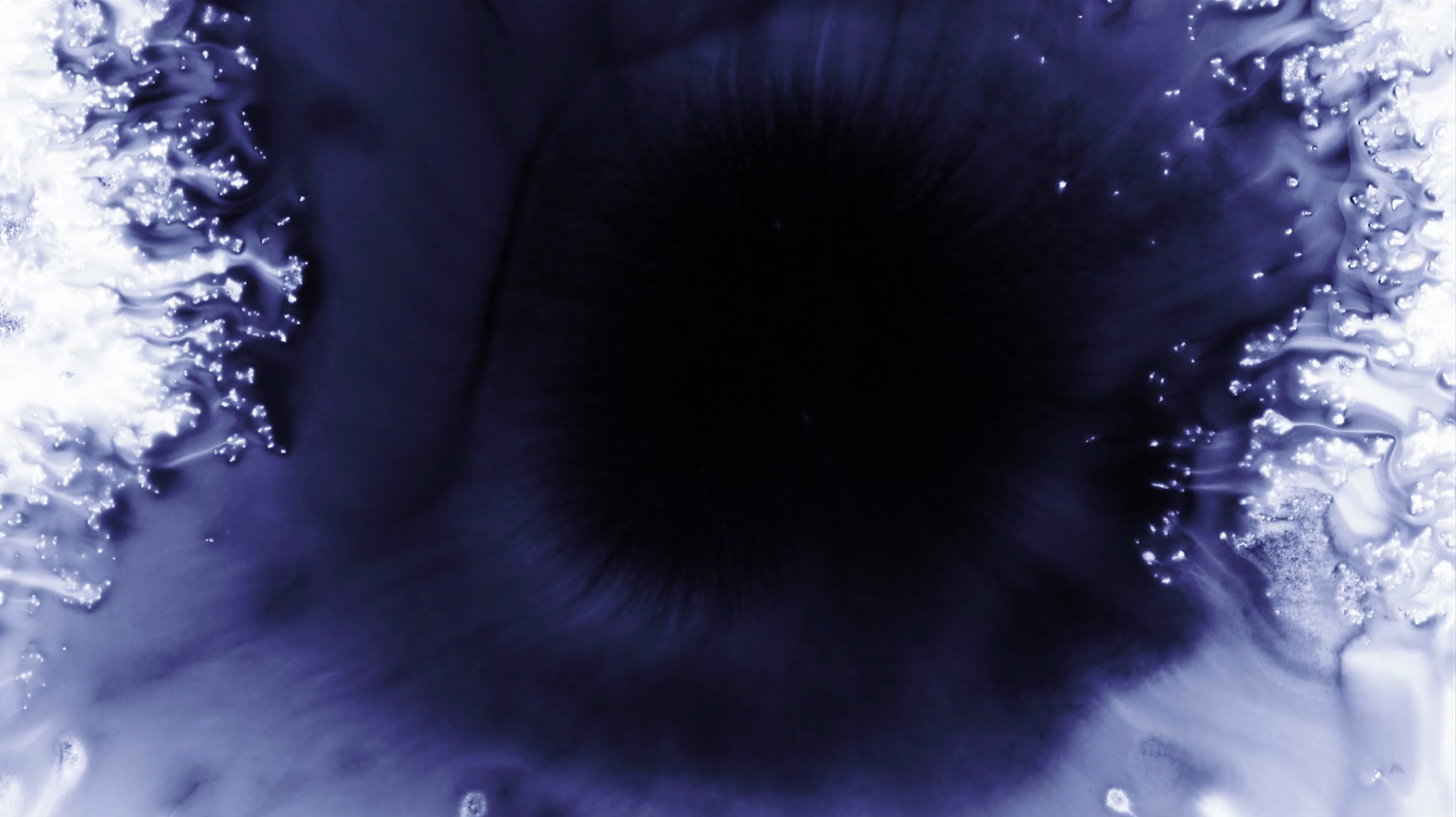
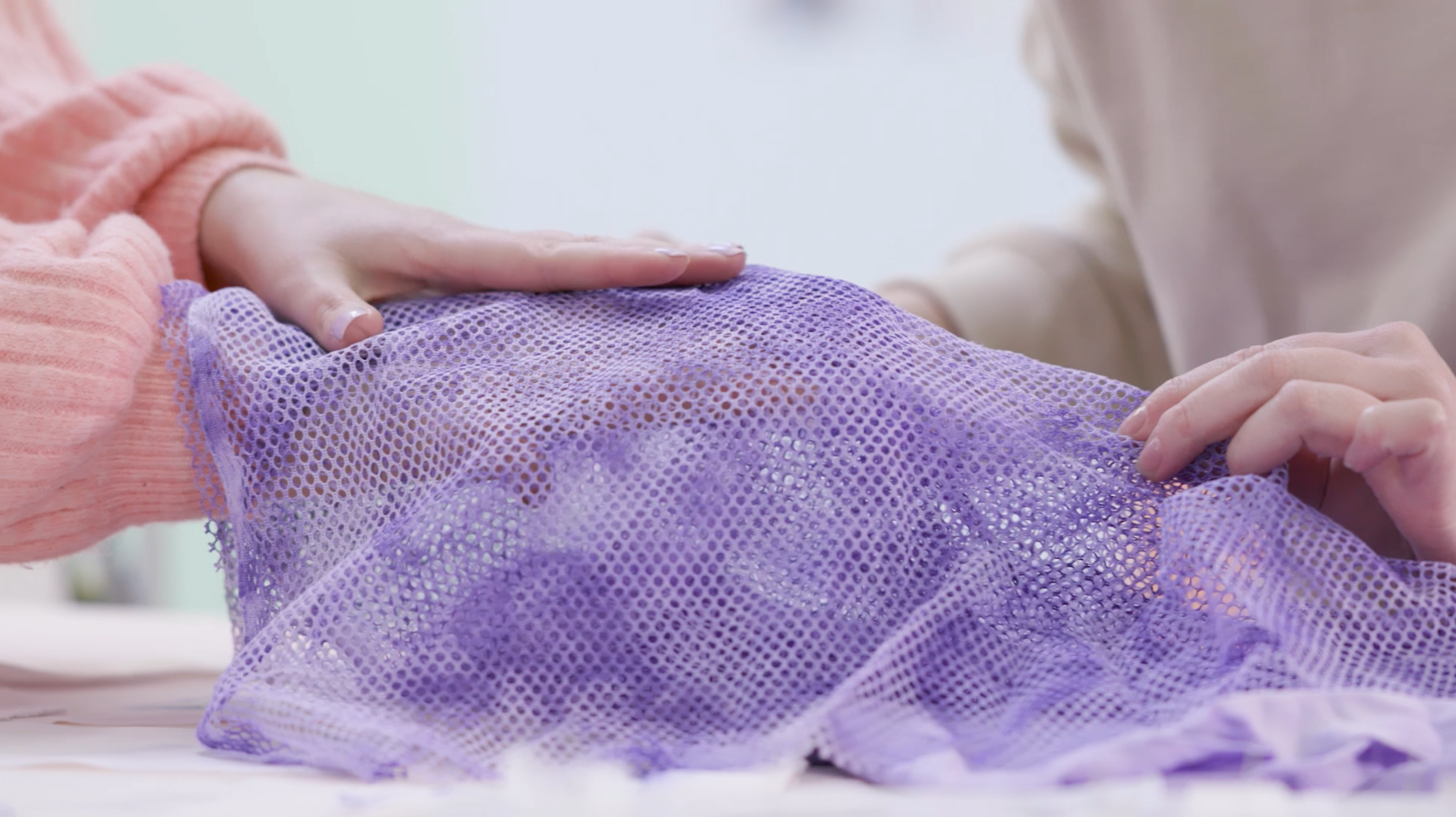
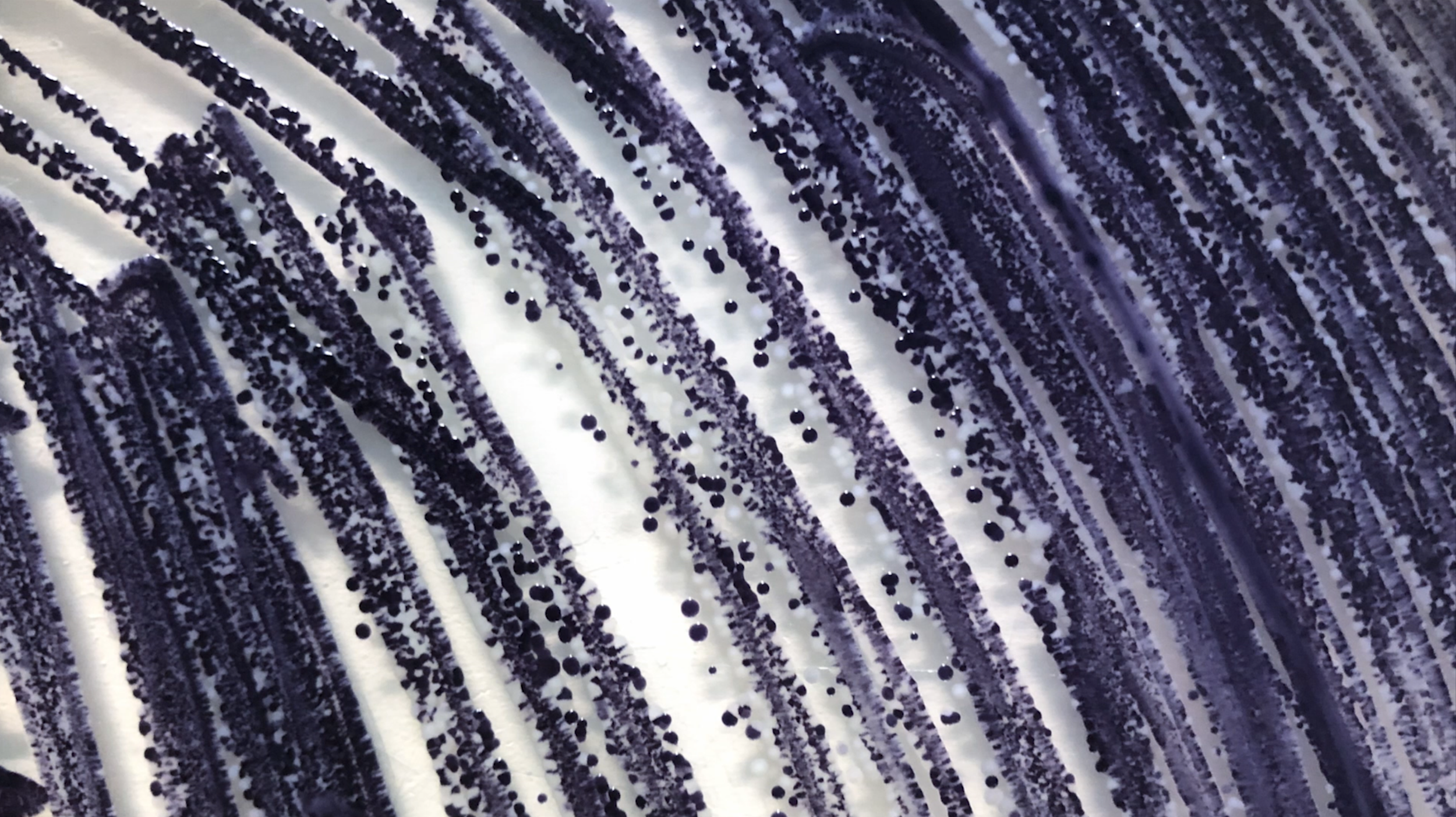
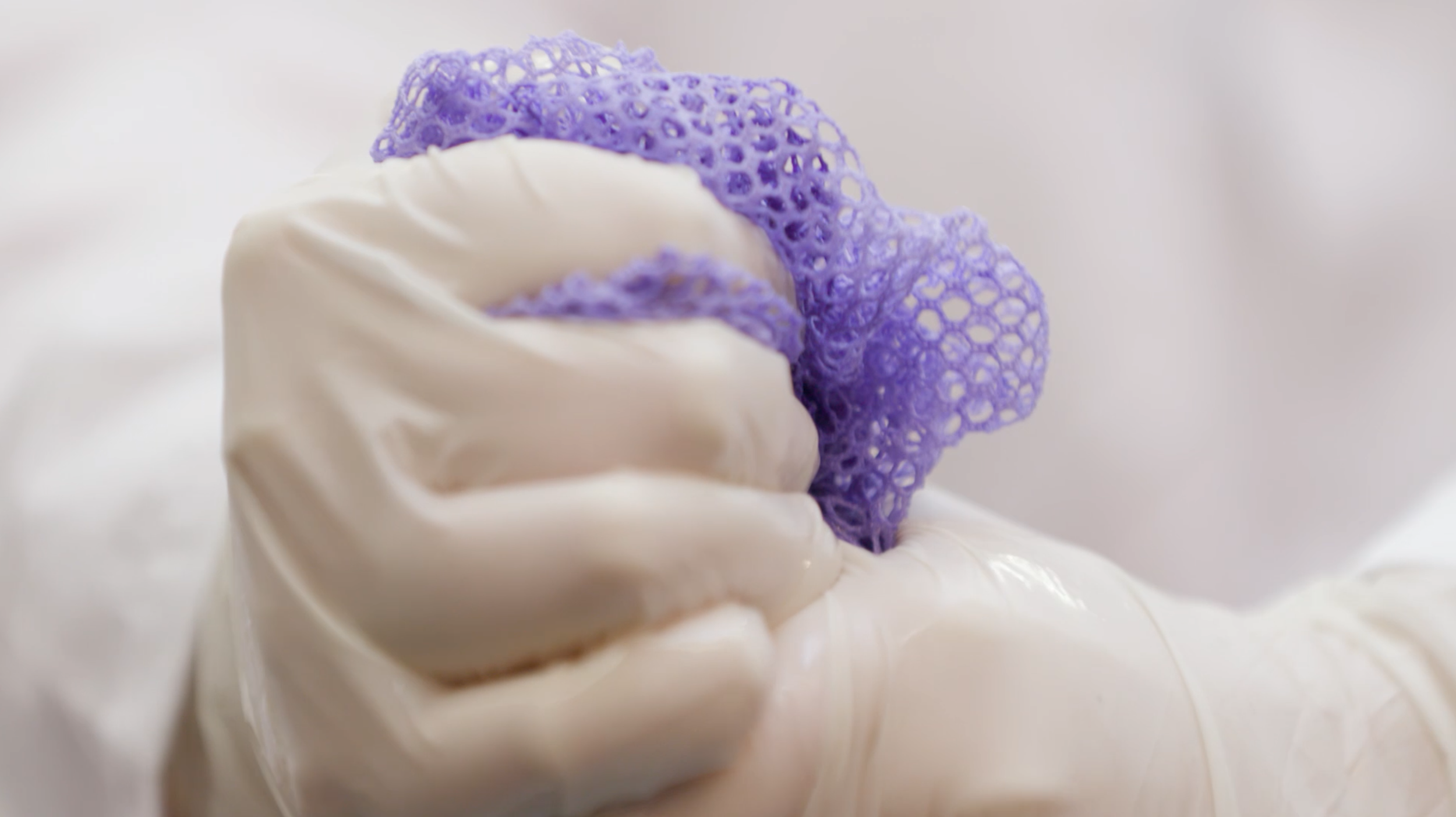
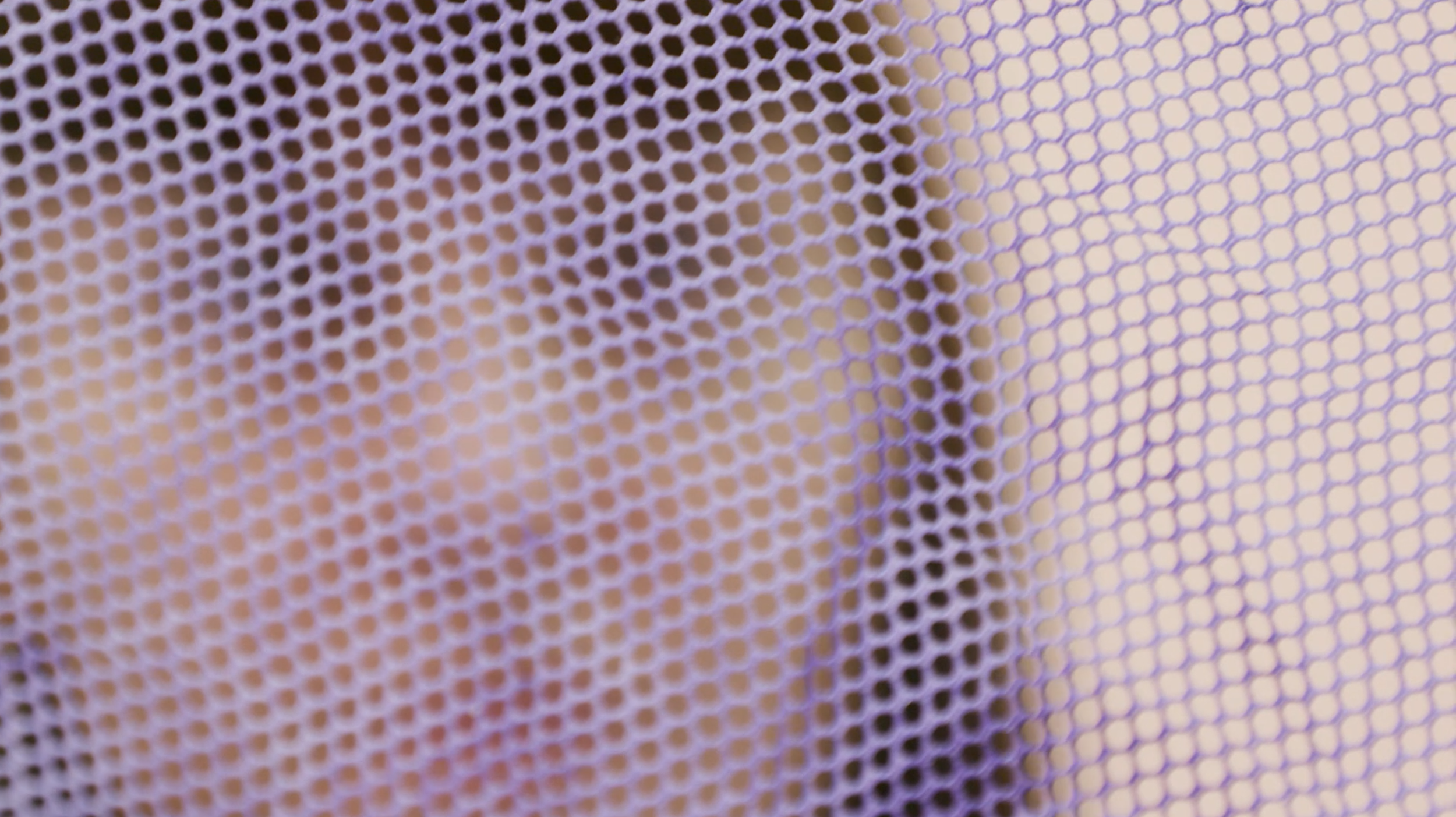
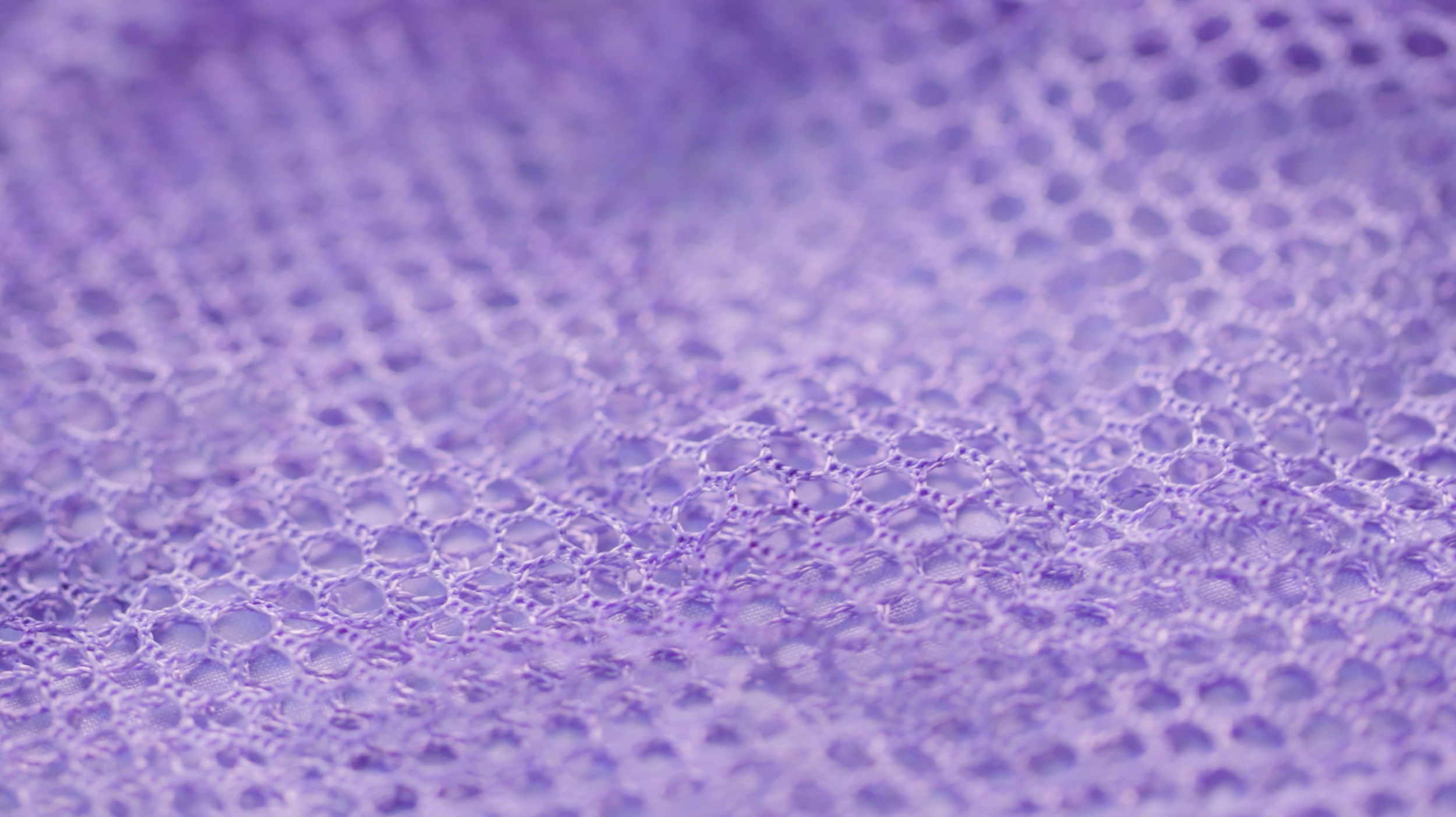
Streamateria
Streamateria garments are constructed out of a printed mesh-structure that is then coated with a bioplastic to create a textile-like garment. Streamateria is the quintessence of fast fashion – buy what you want, when you want to wear it. This is made possible through a circular production chain using bio-based materials such as cellulose, with zero tolerance to waste. The vision is to design a fully sustainable ecosystem for consumption of garments that works much in the same way that we consume food.
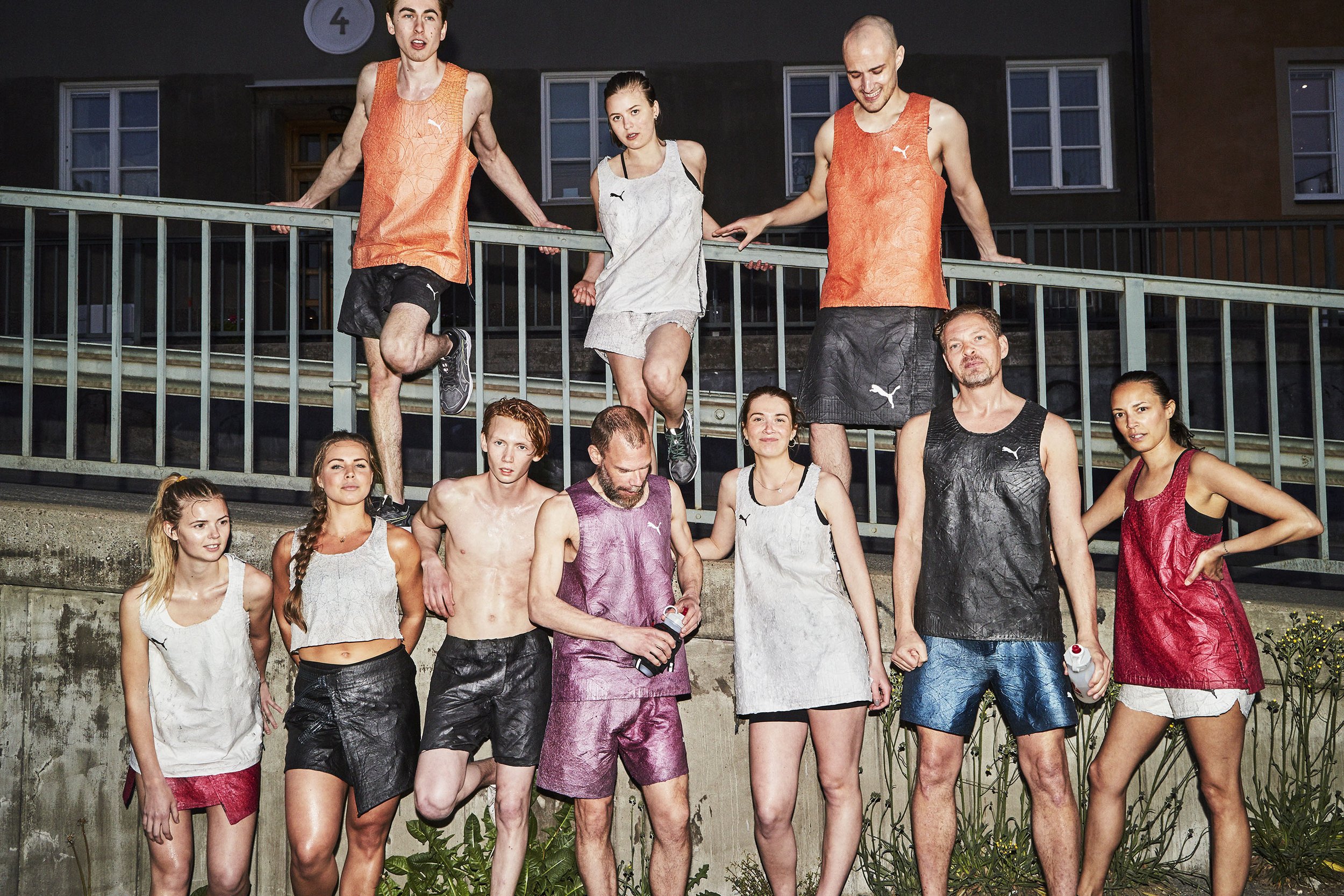
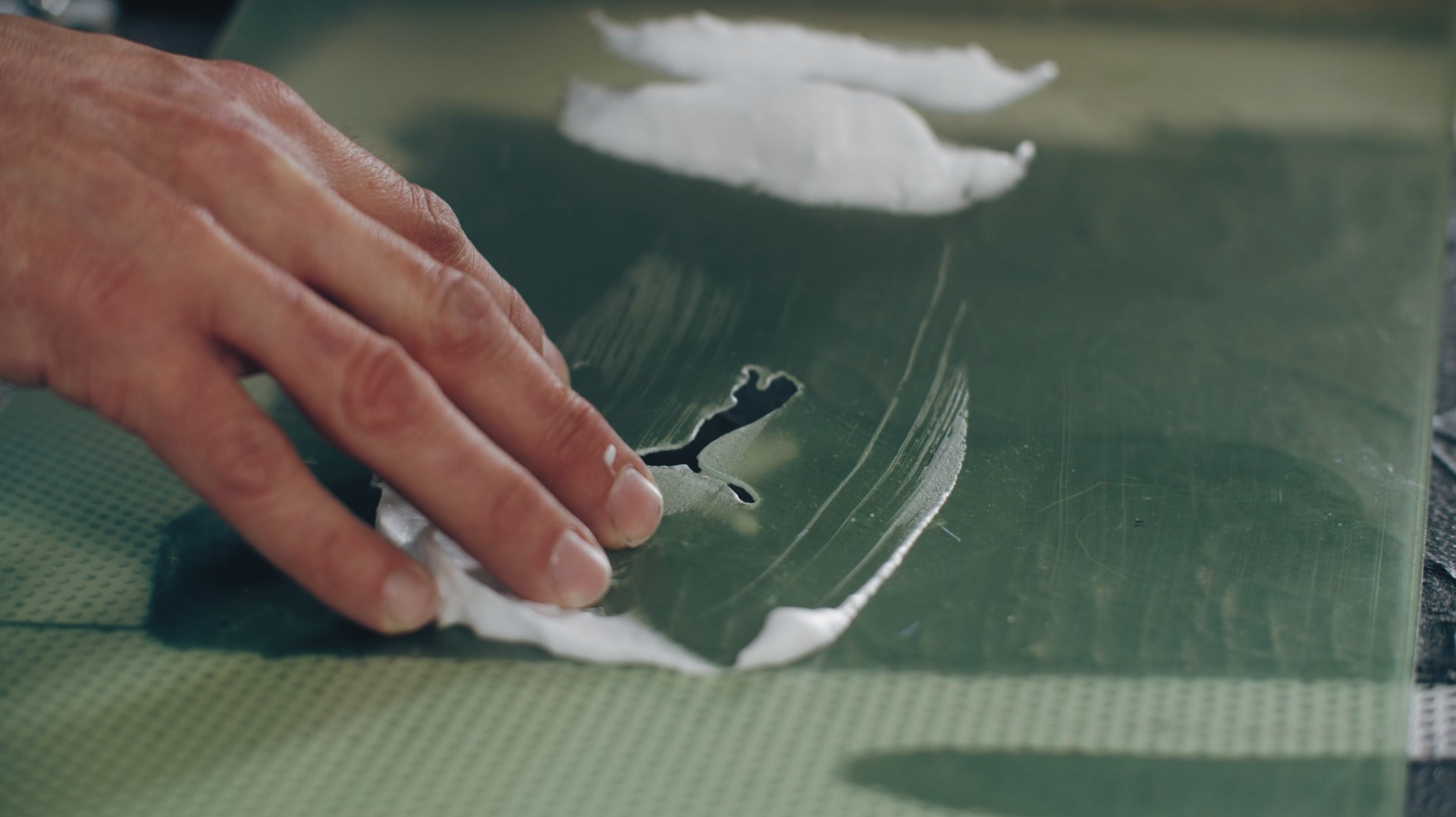
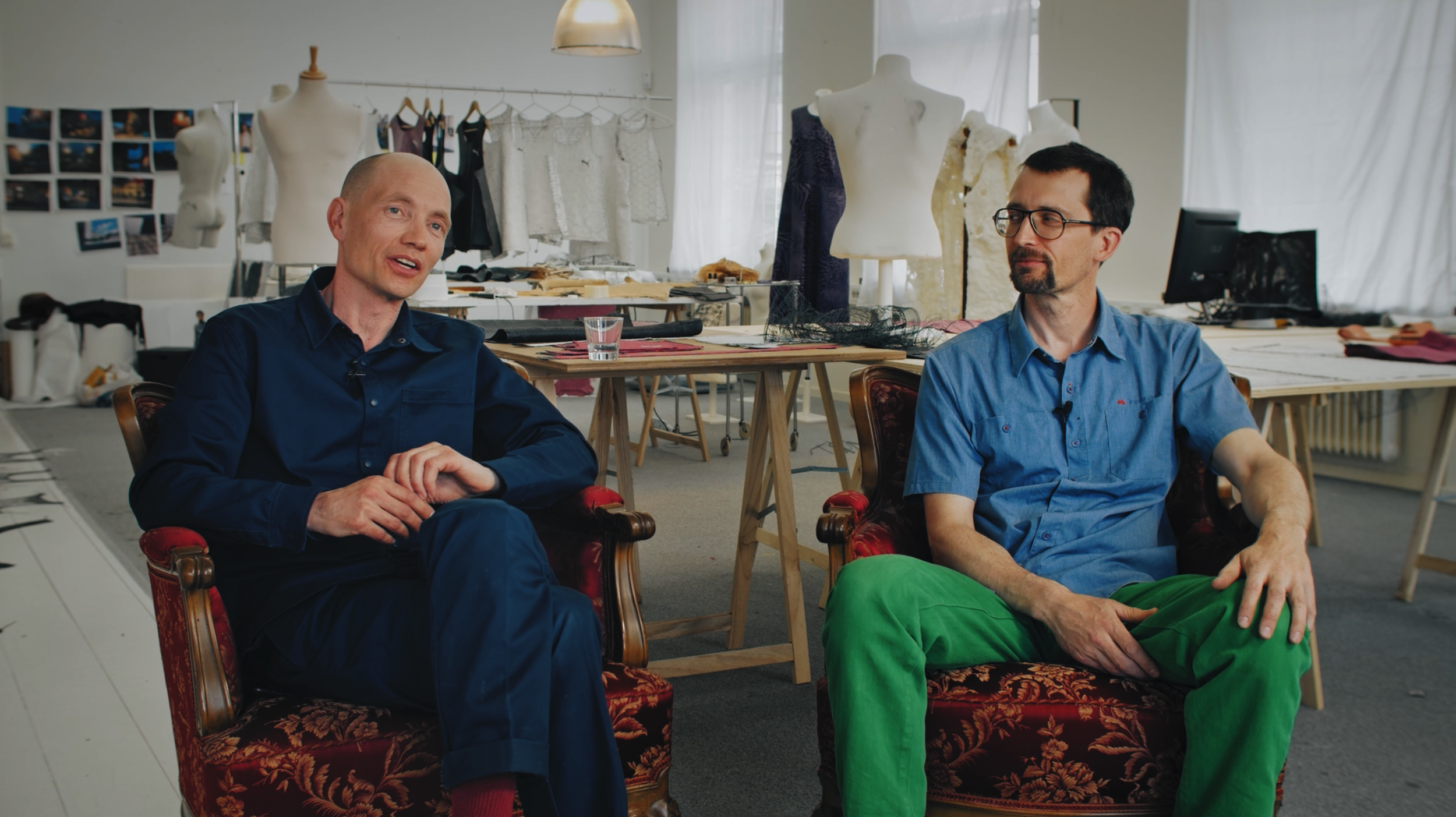
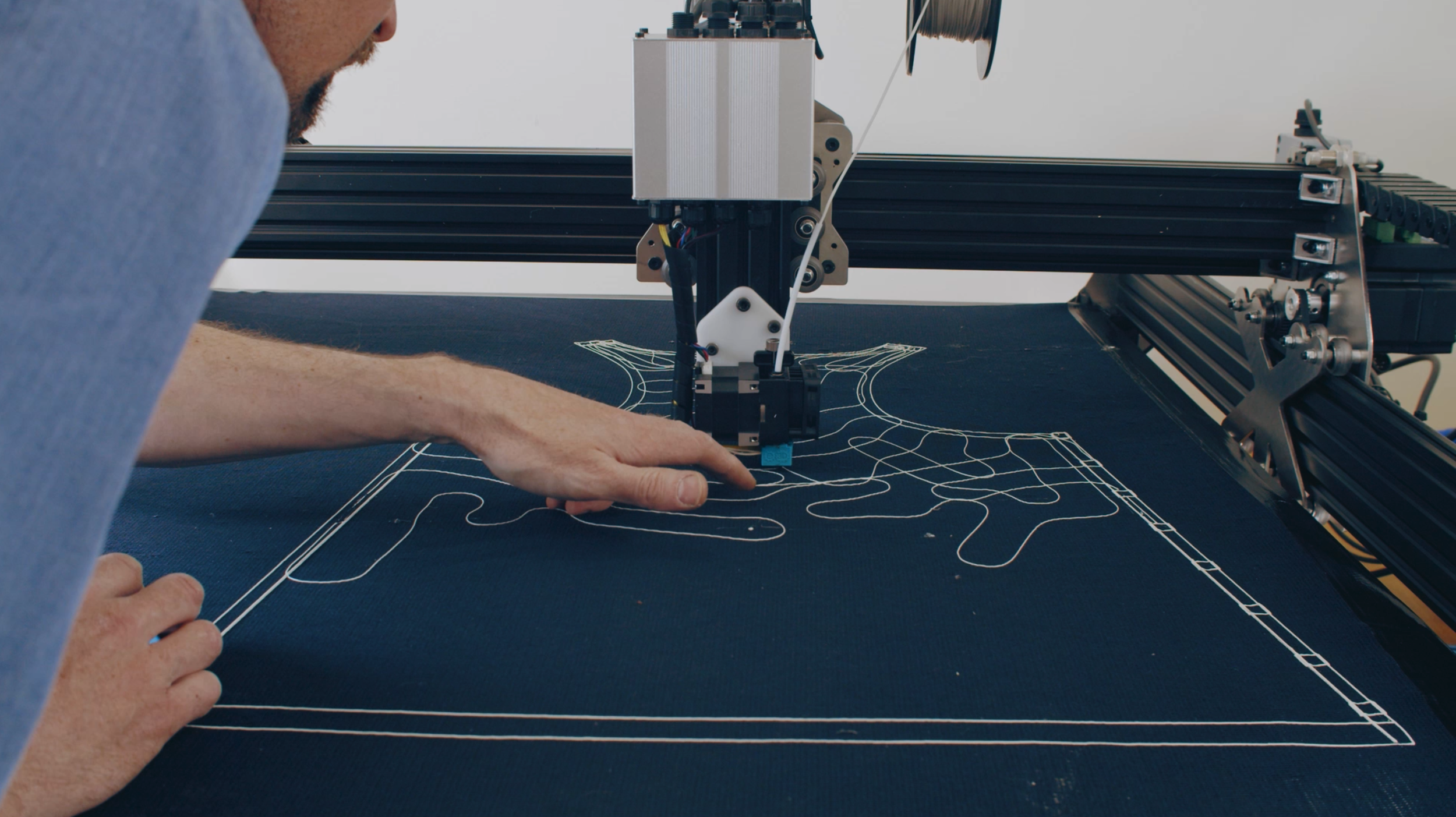
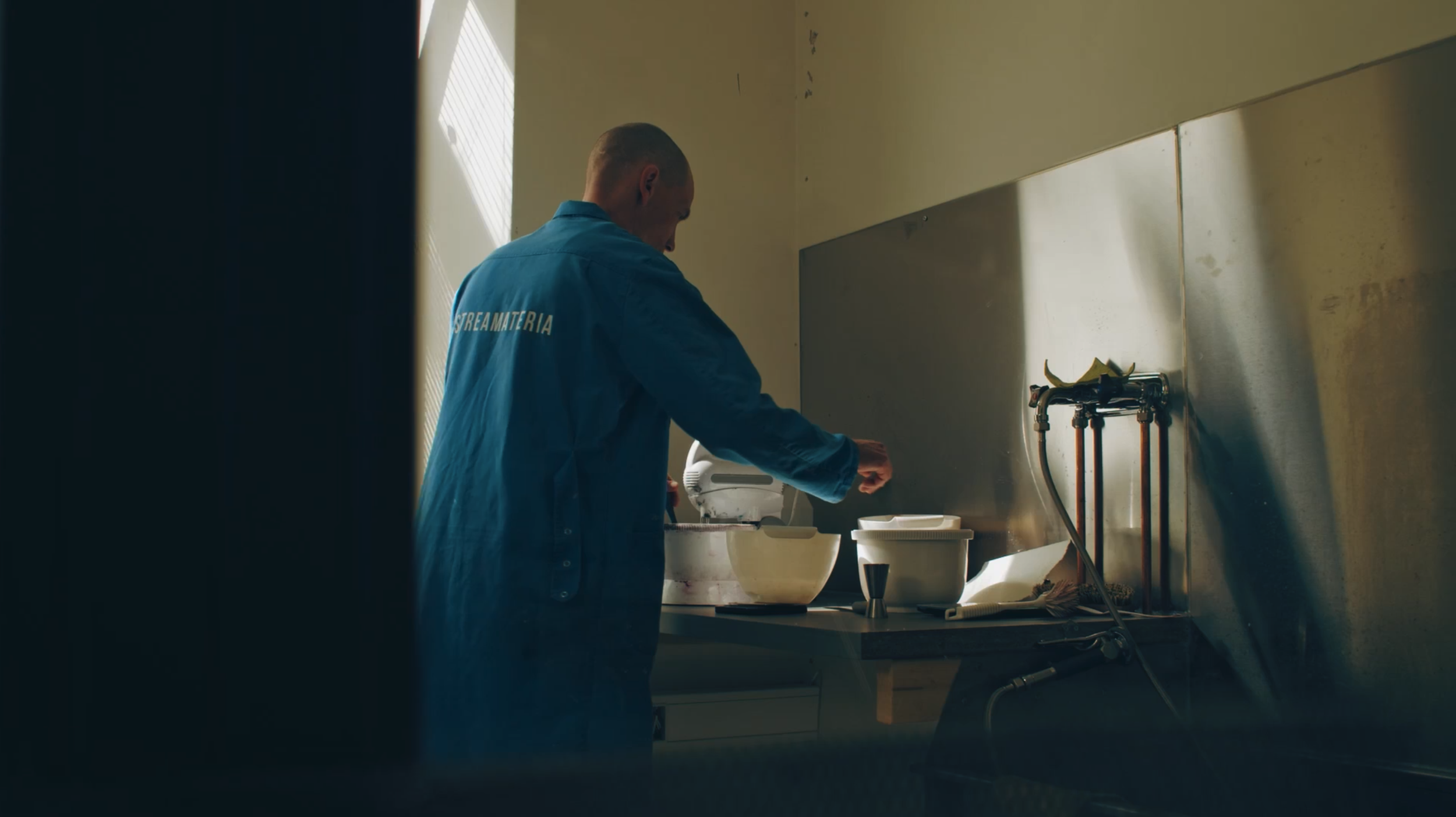
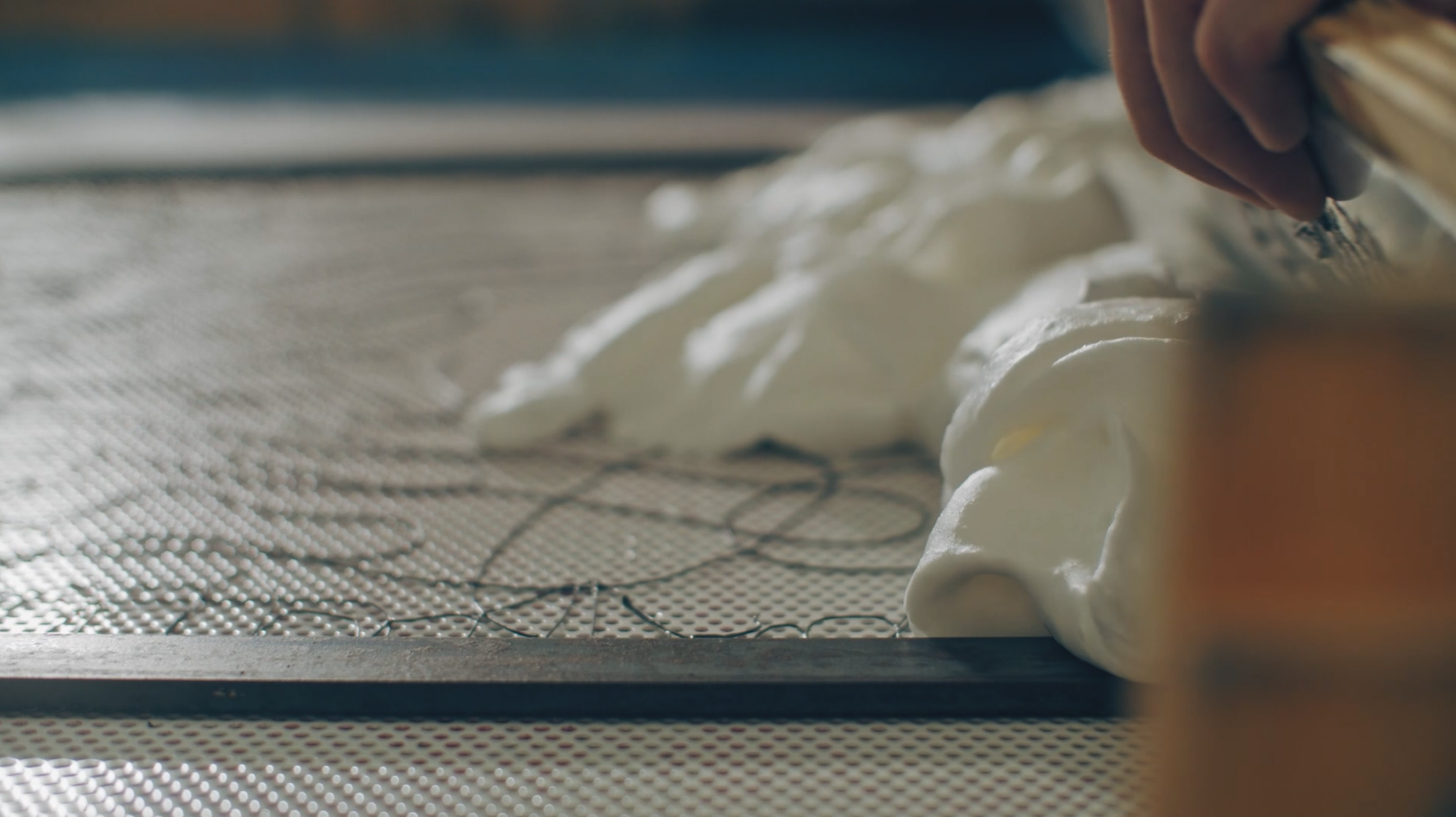
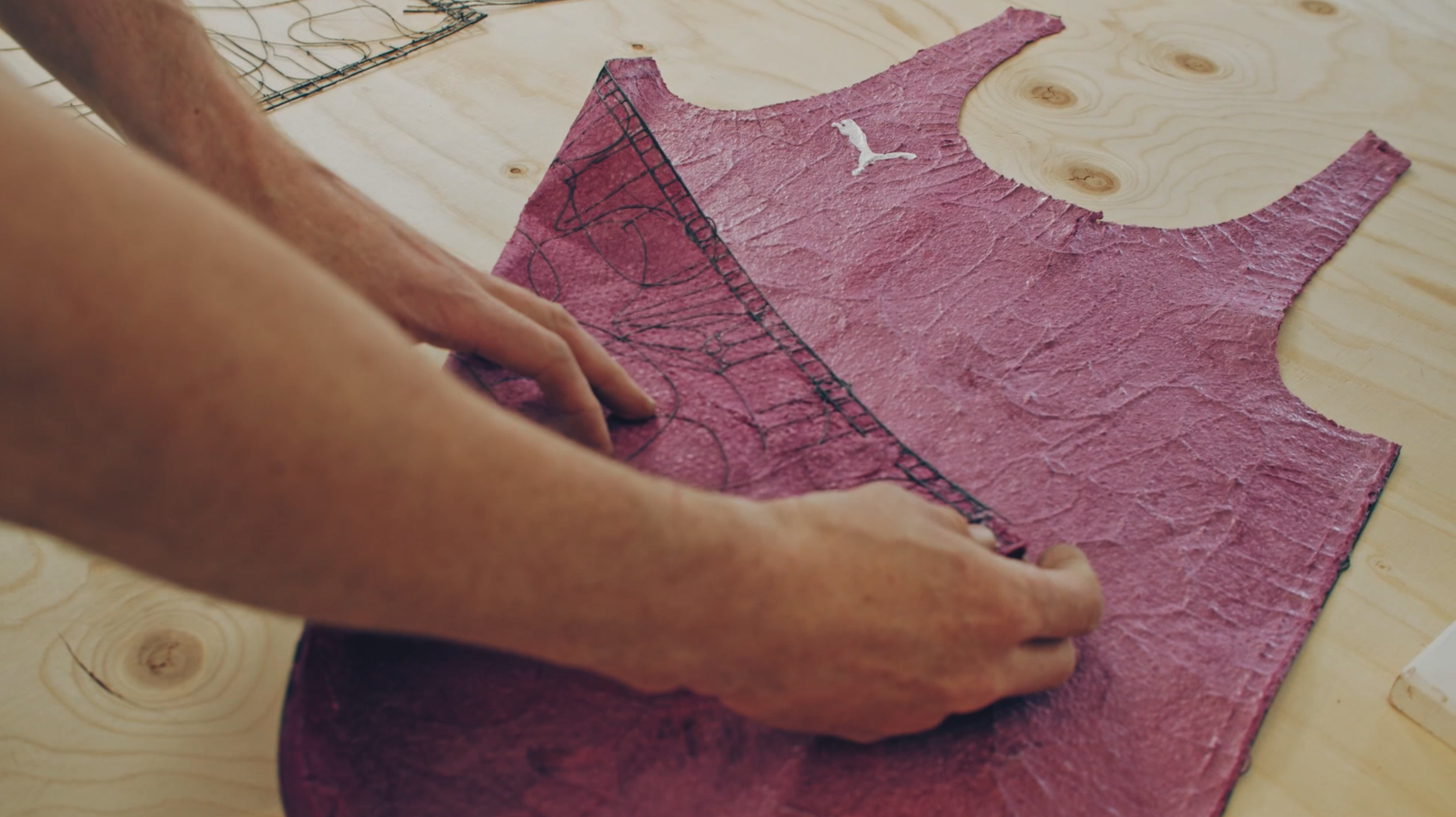
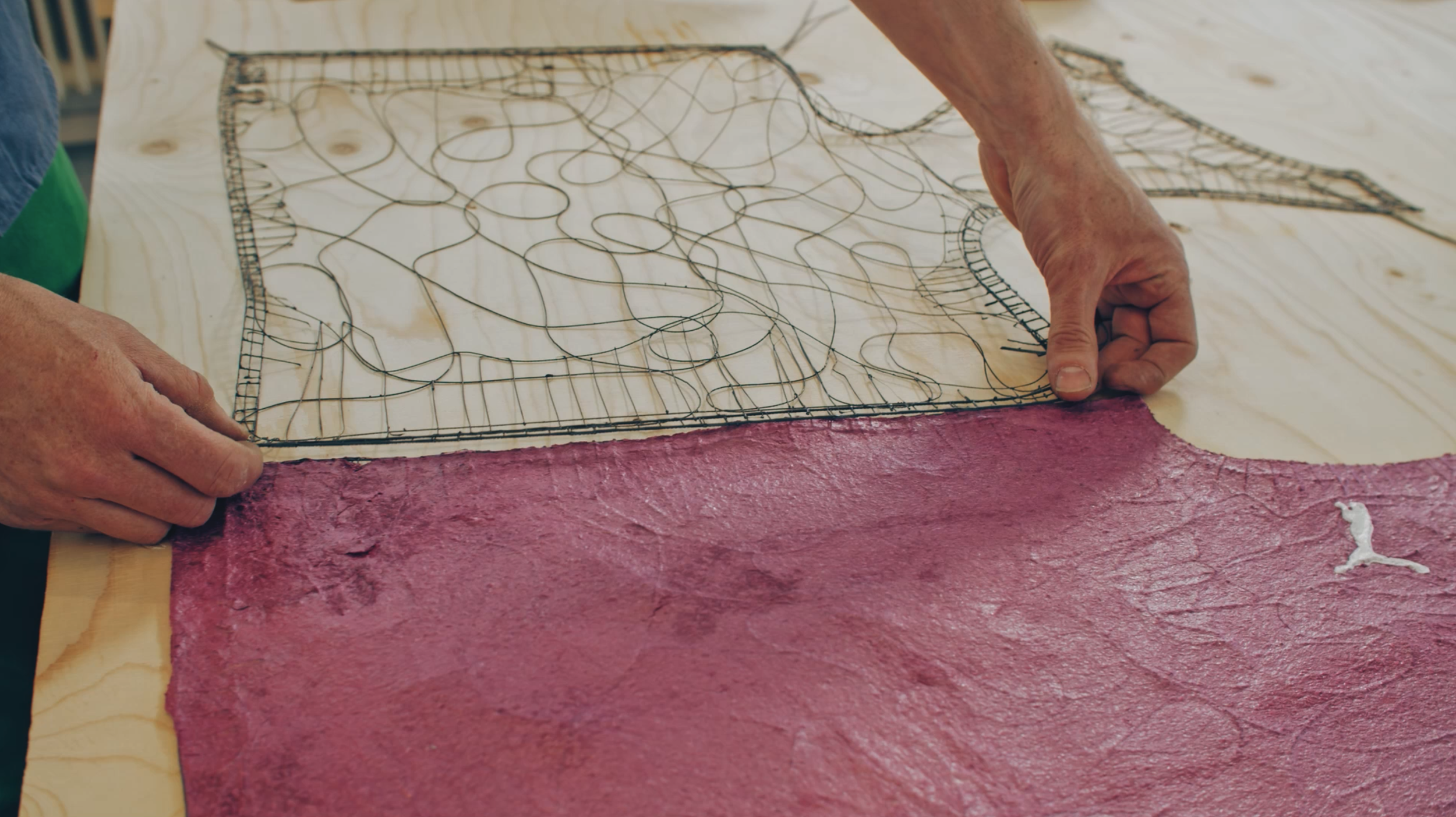
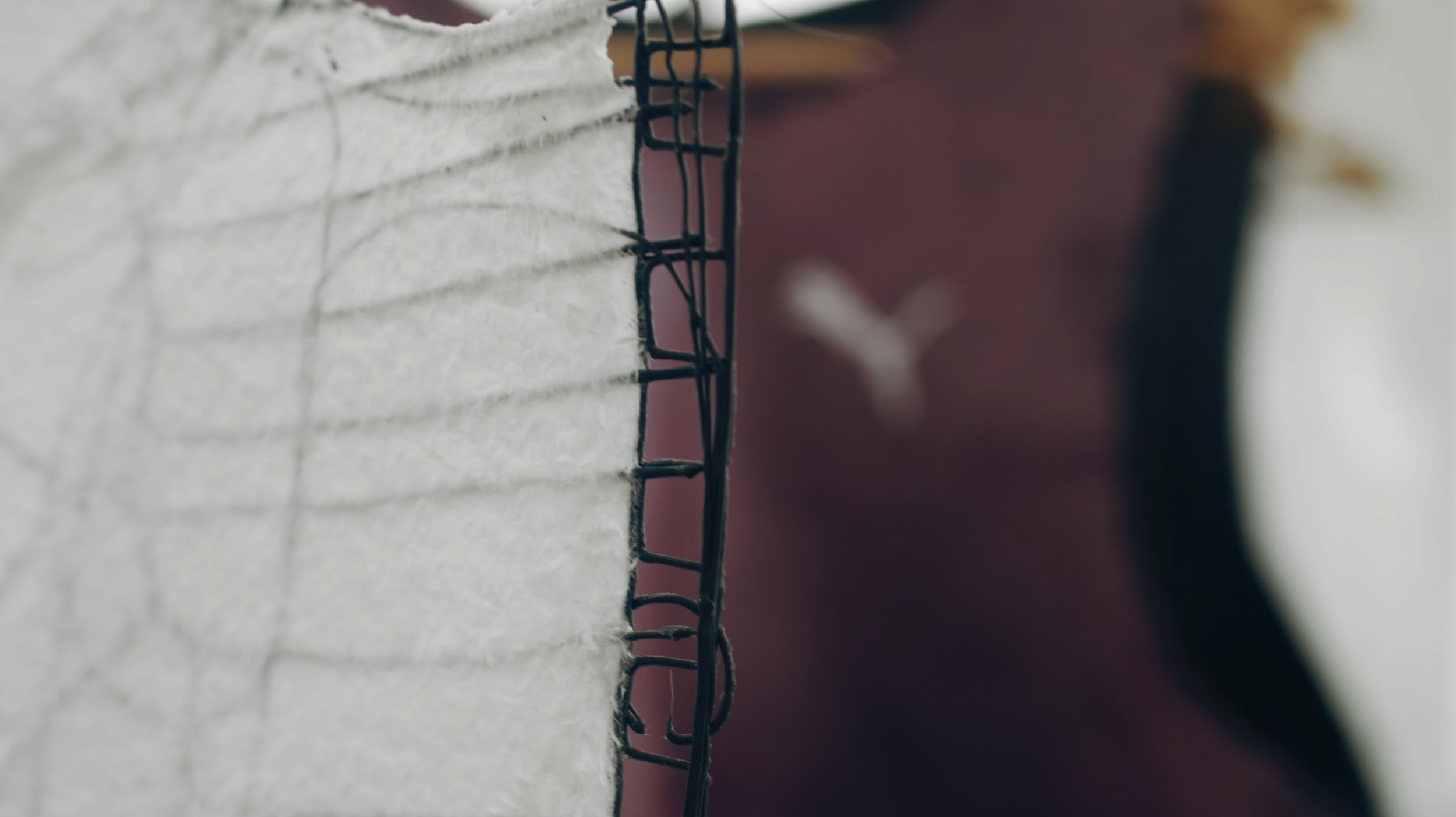
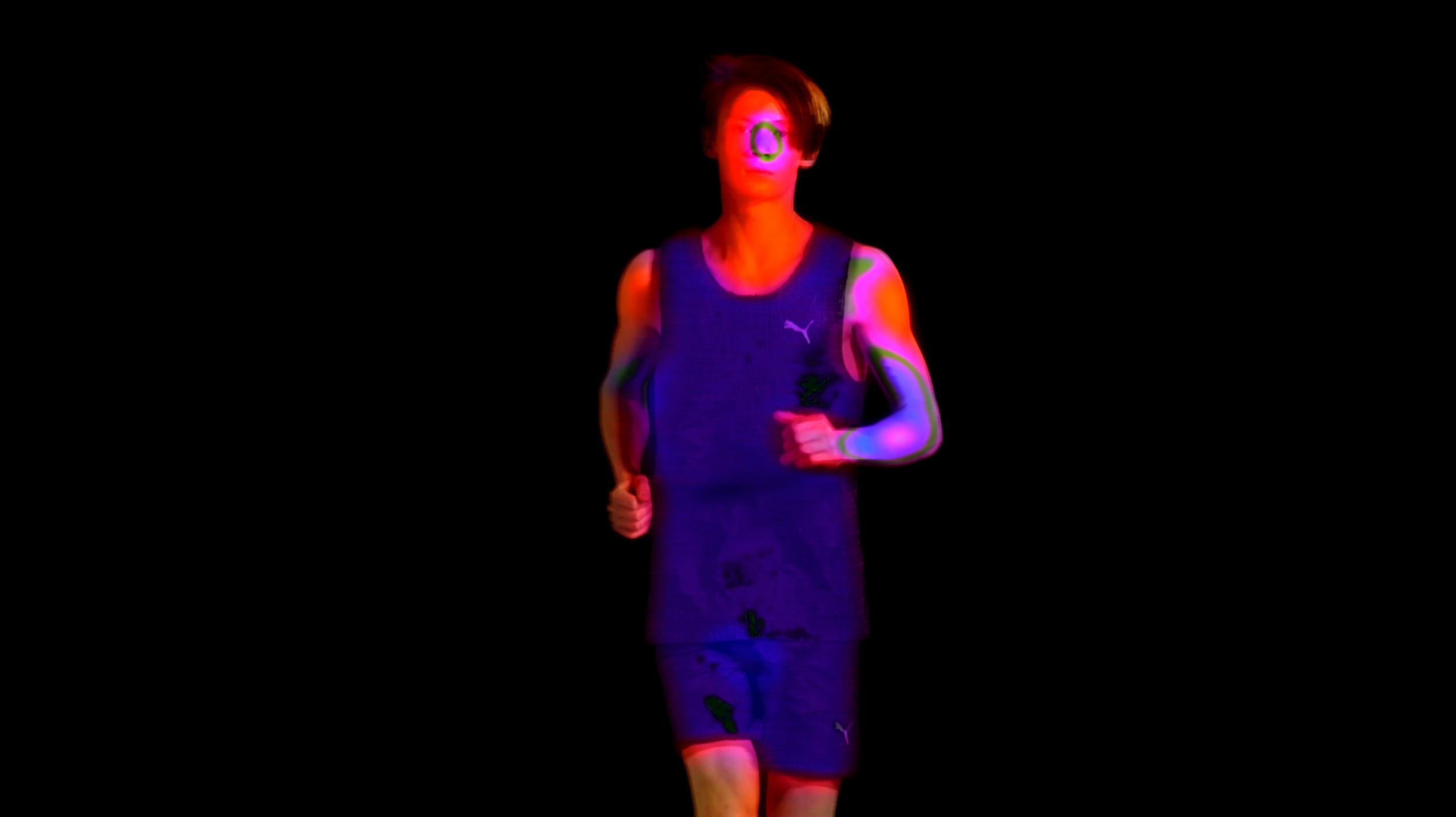
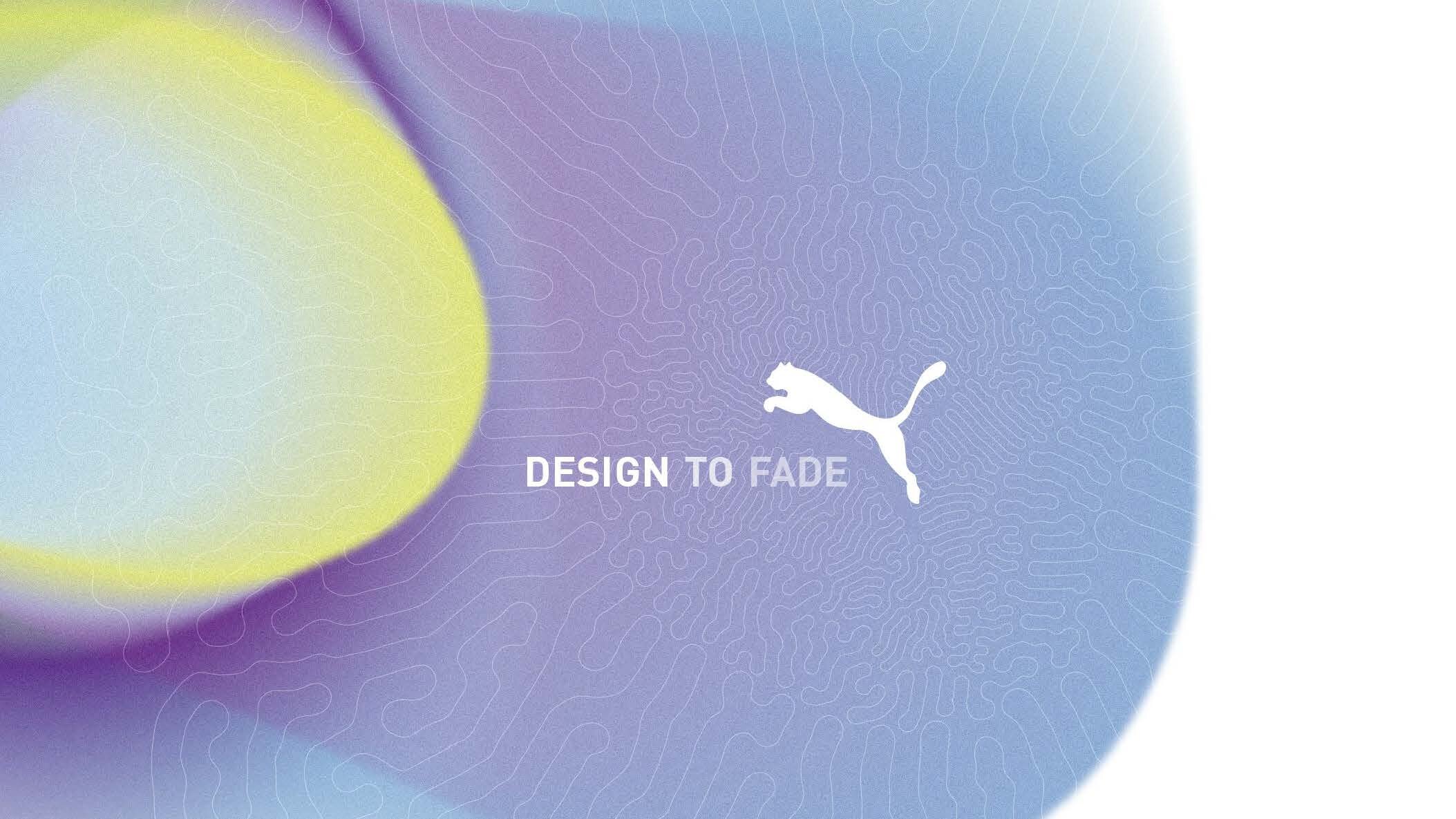
Project Profile
What is it?
A collaboration with Streamateria and Living Colour, specialists in biodesign. The result are new biodegradable lifestyle and performance collections that are dyed using bacteria and manufactured-on-demand wherever they might be needed. The collection presents new ways to reduce the environmental impact of fashion and sportswear.
Why is it innovative?
For the first time products using specialised biodesign methods were realized. Some of the products are dyed using bacteria, while others are made of degradable materials, which are made in closed loops and can be manufactured locally and at short notice.
What were the biggest challenges?
Design To Fade was planned to be an actual exhibit at Milan Design Week. With the onset of Covid 19 and the pursuant cancellation of the show we had to shift gears to a virtual exhibit. The challenge was creating the same compelling exhibition with only virtual means.
What was your role? Project Owner, Collaboration Leader, Creative Director
Lead the creative vision, coordinated the collaboration between Puma, Innovation x Design, Living Colour and Streamateria.
Why was it successful?
It further established Puma as a leader in the sports industry in the space of biodesign; the first global brand to take a lead in this type of manufacturing and sustainable product.













